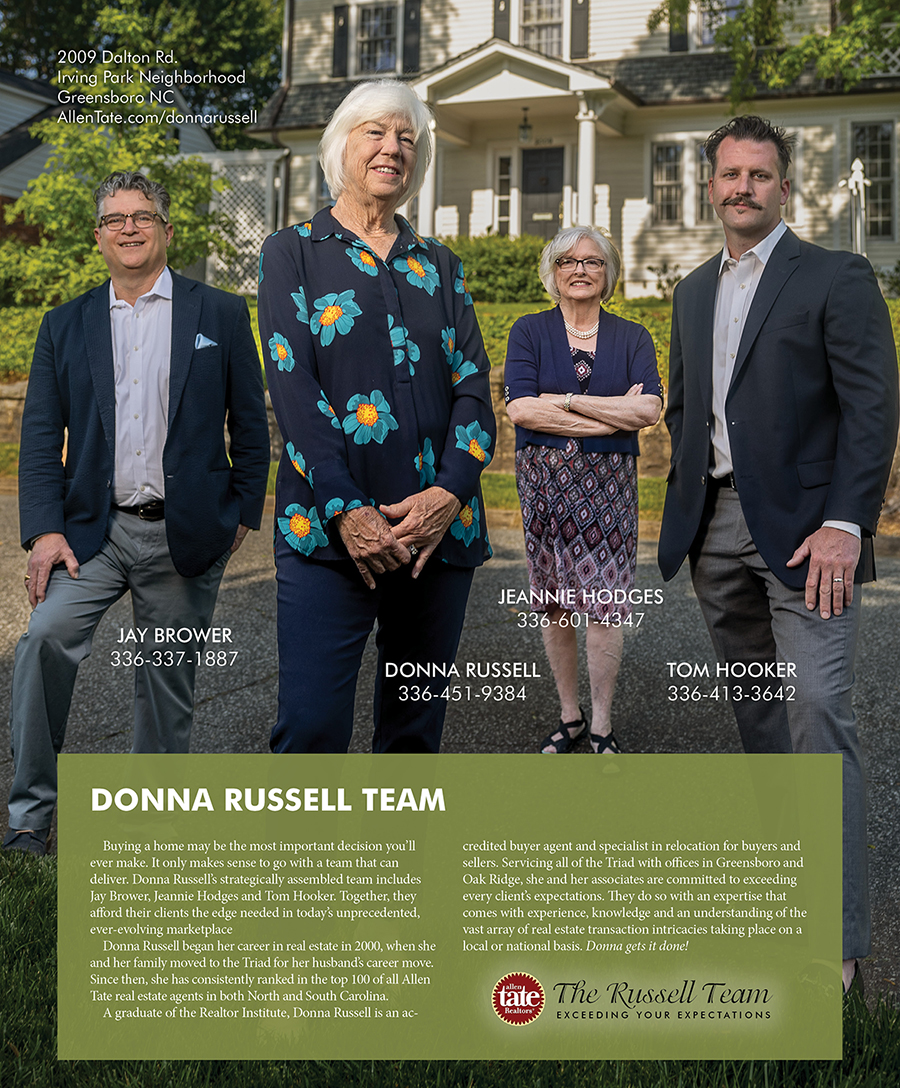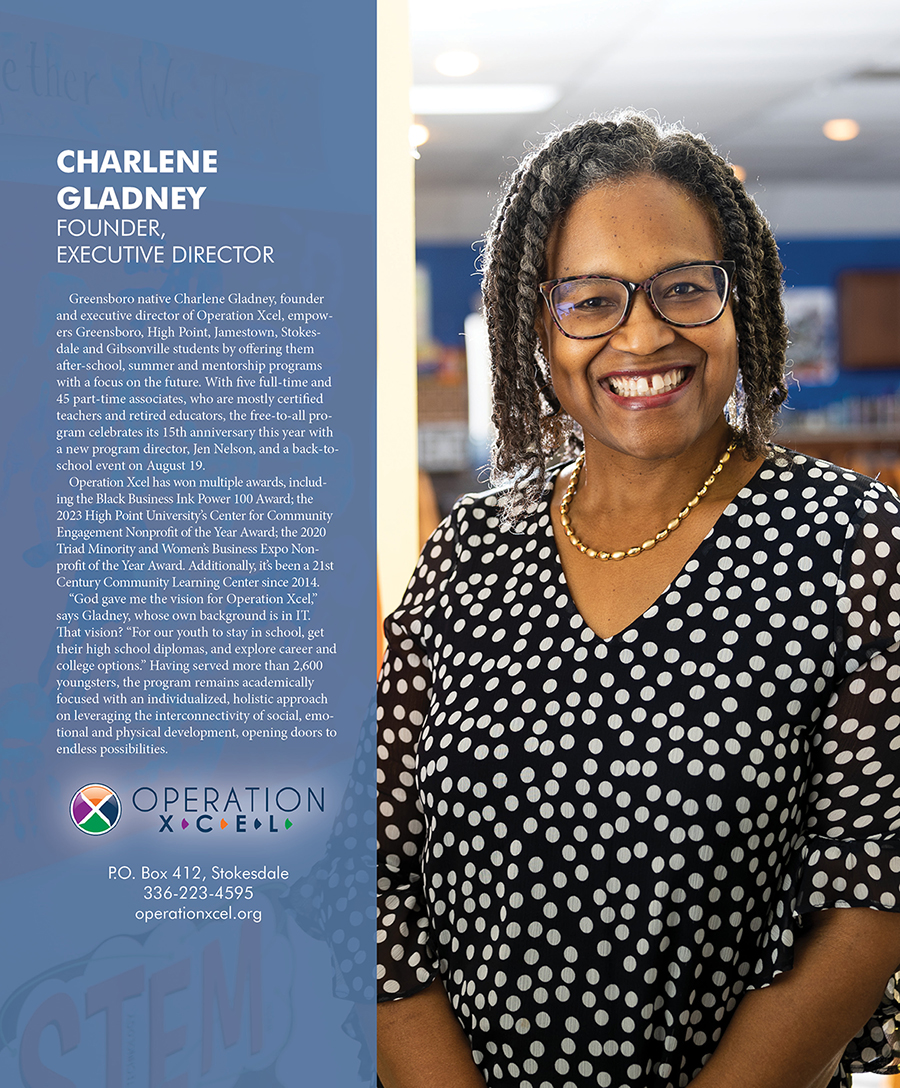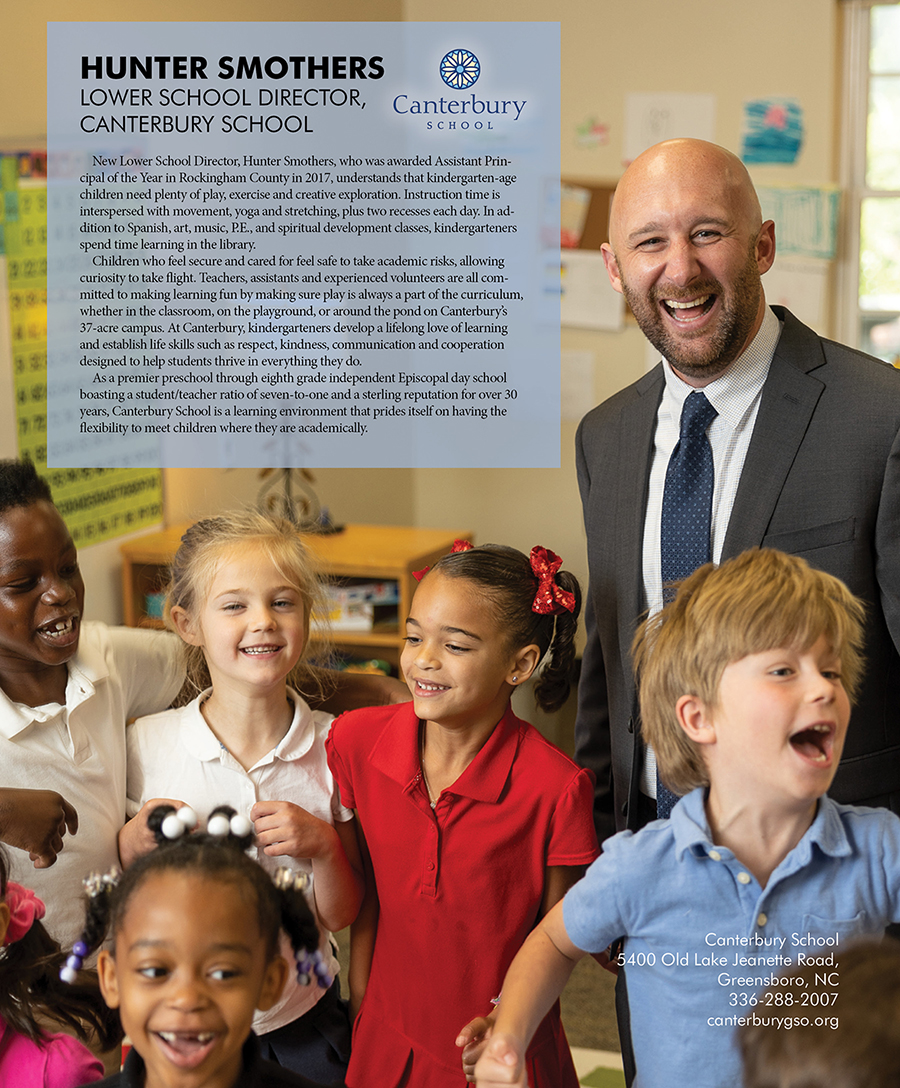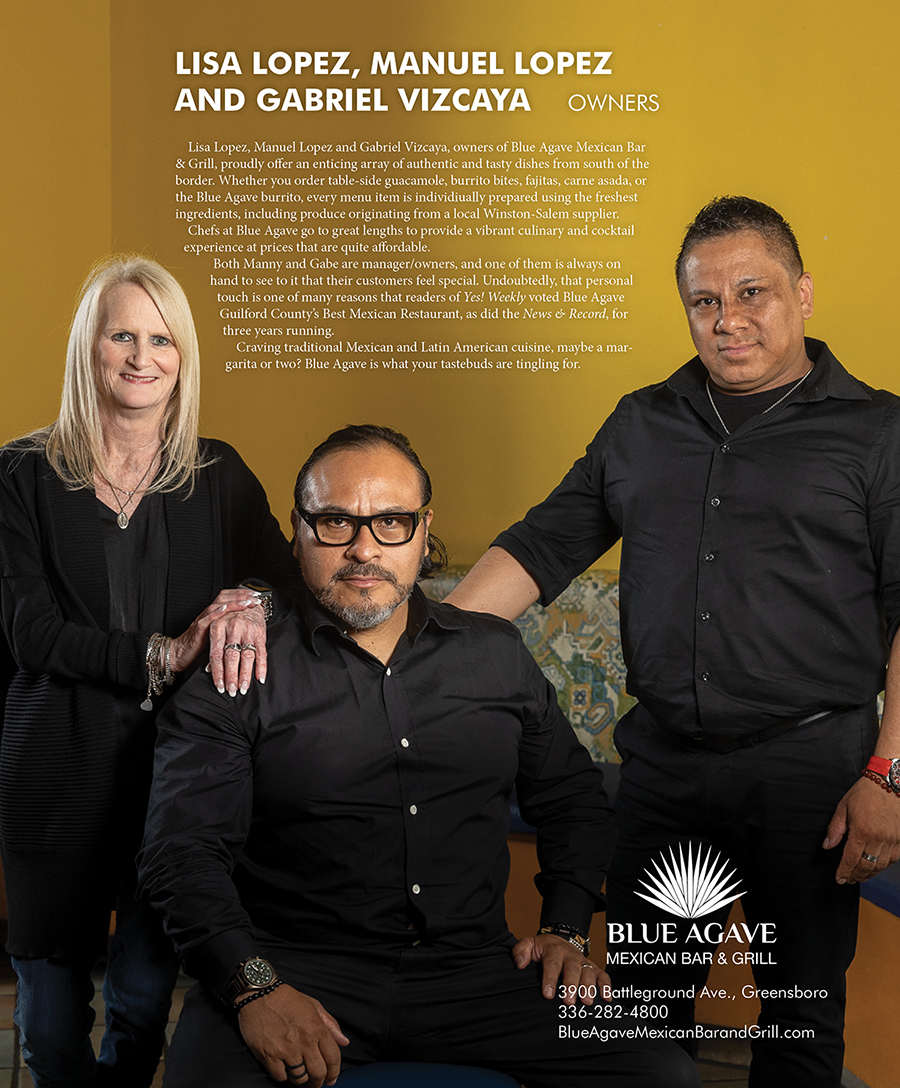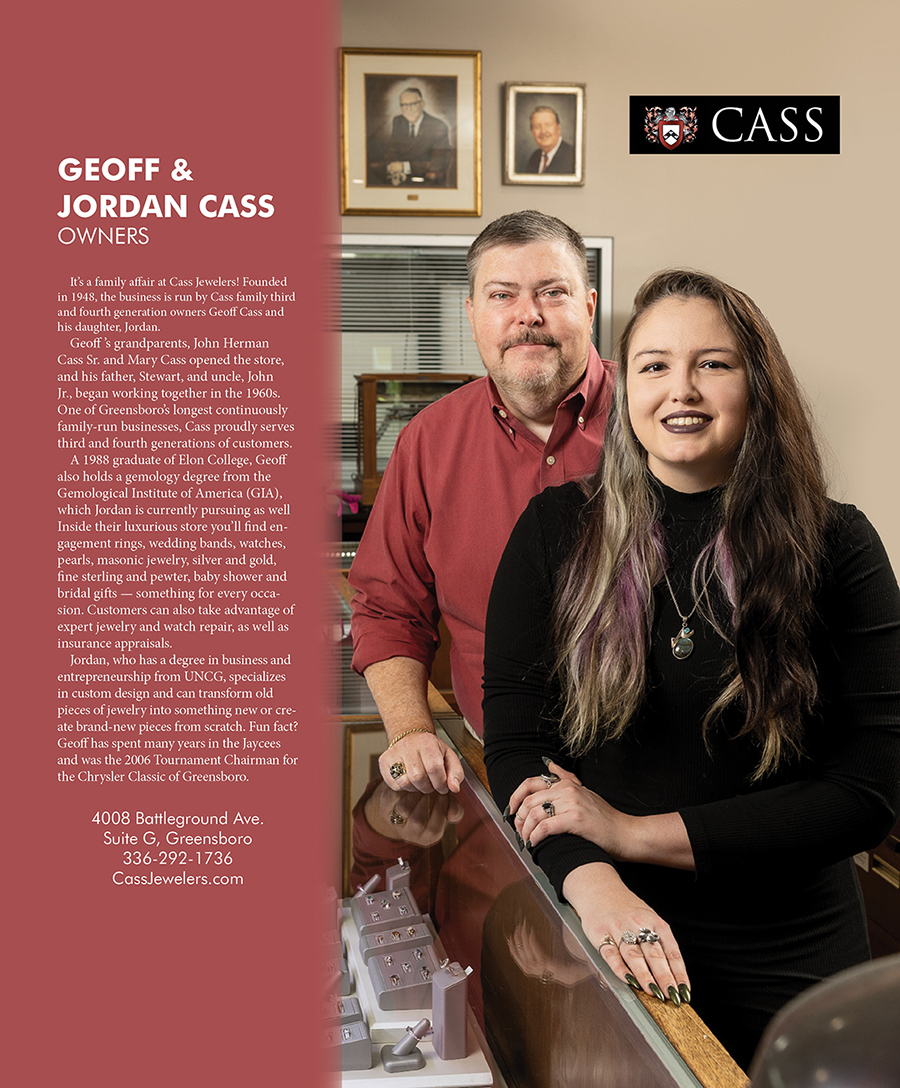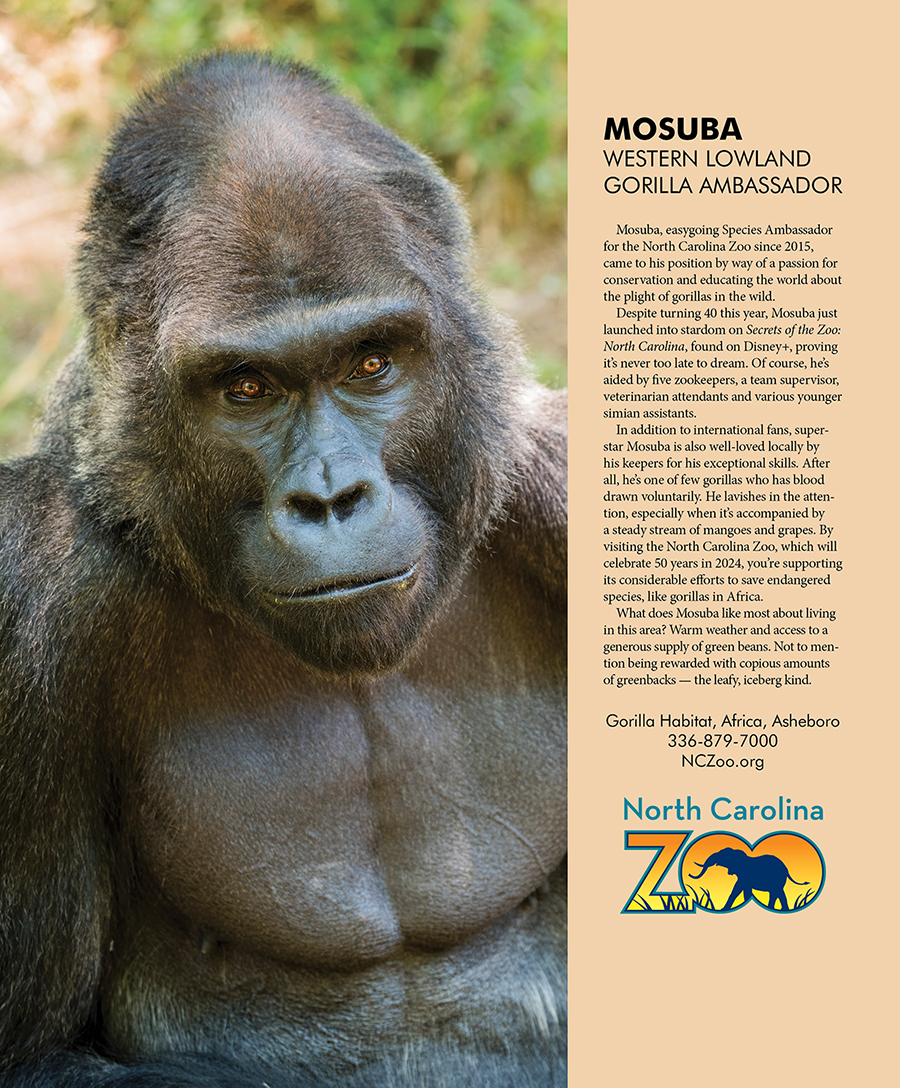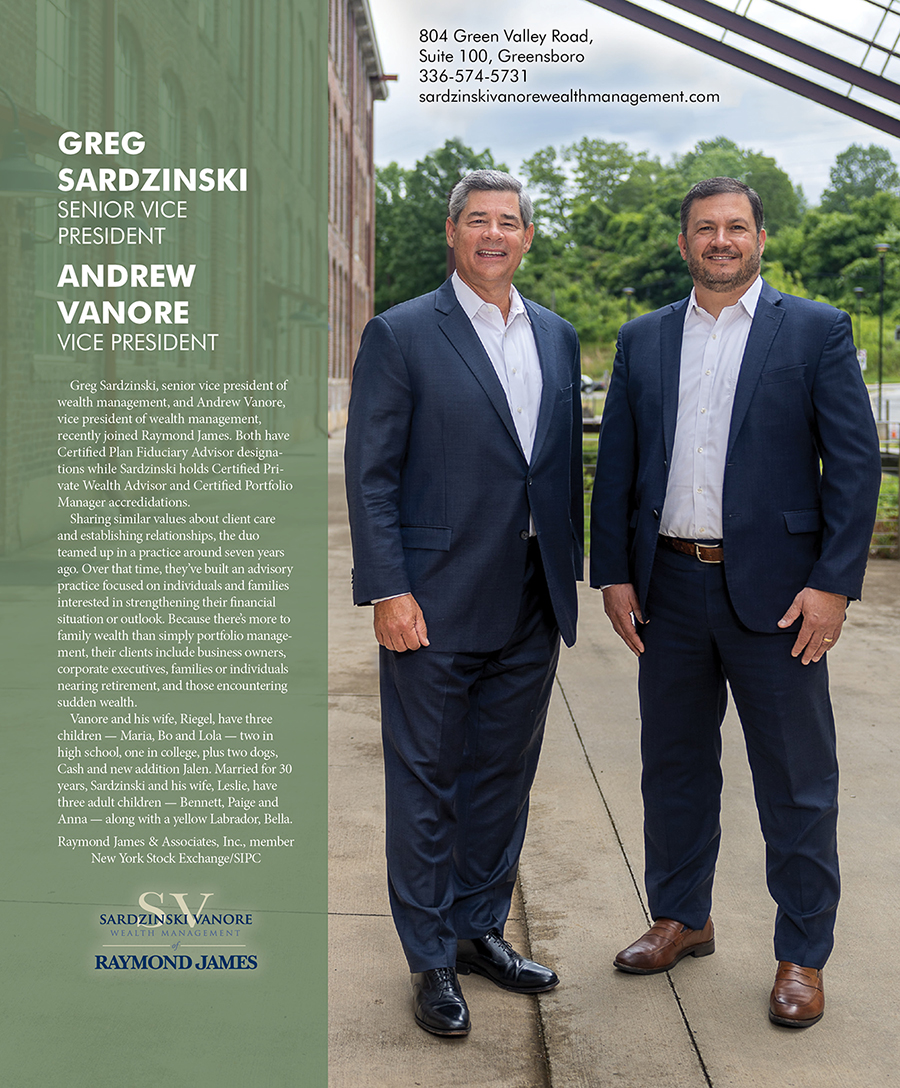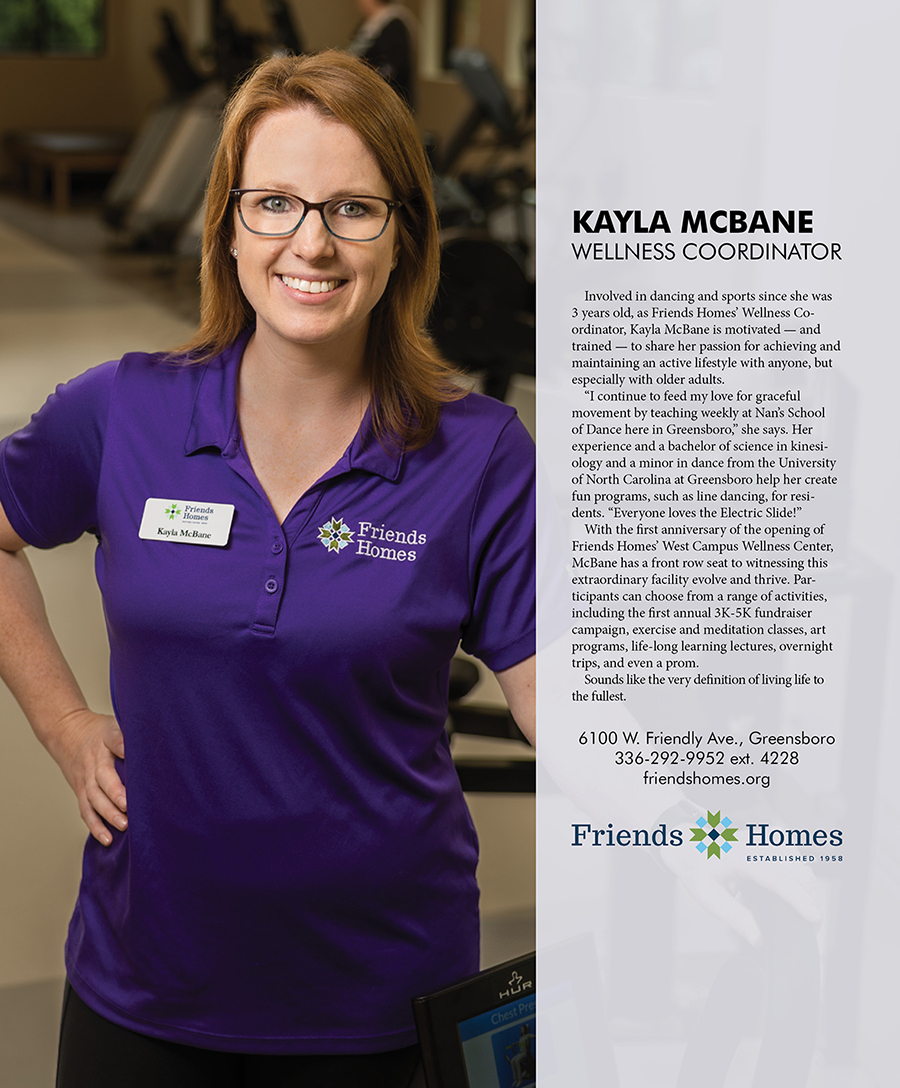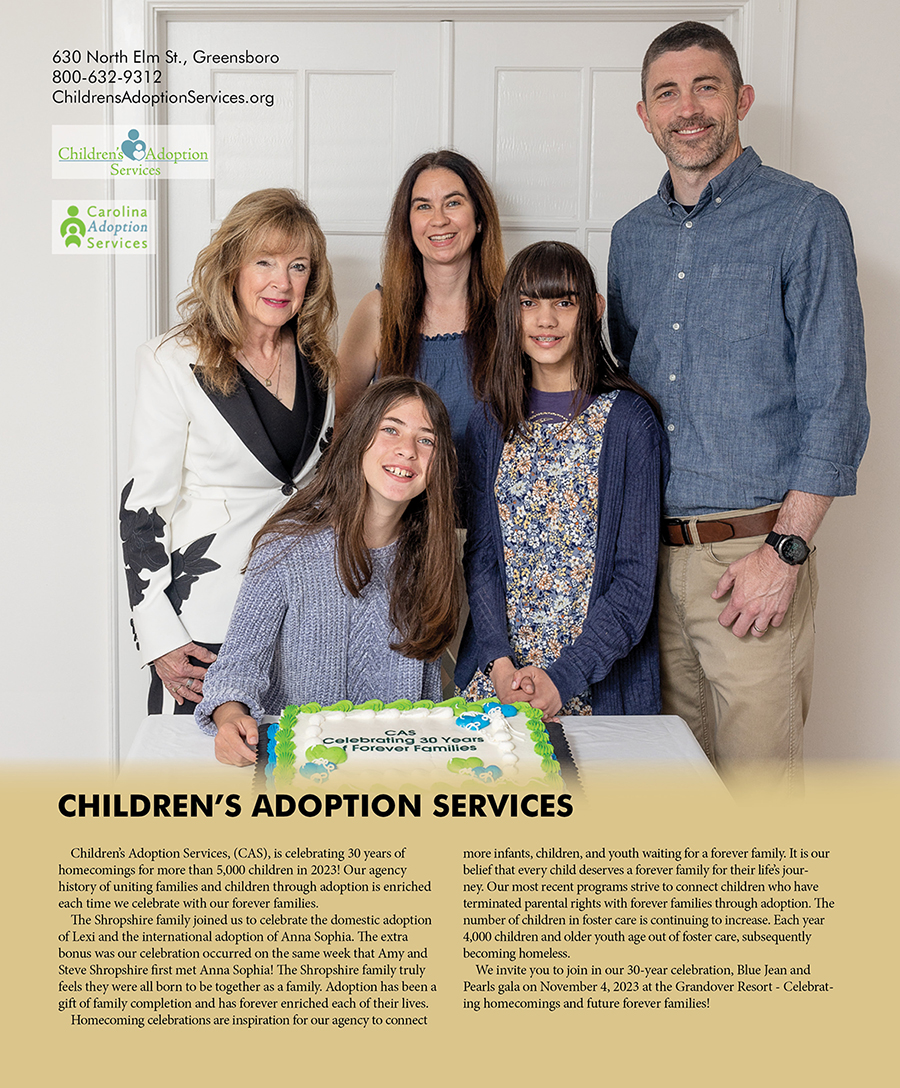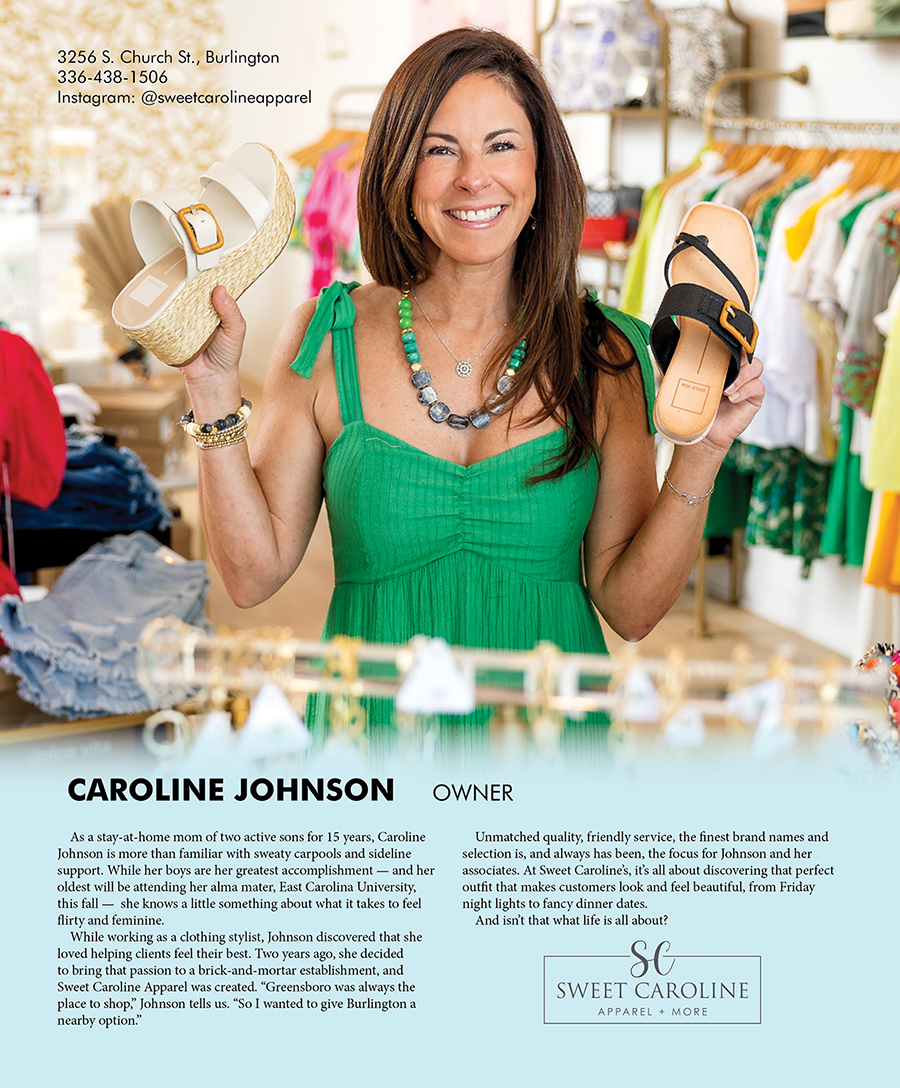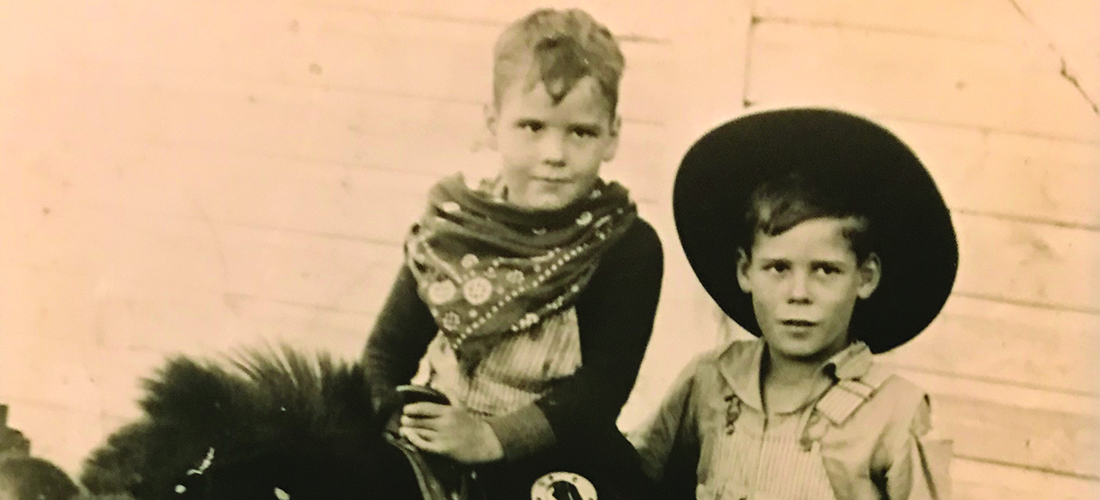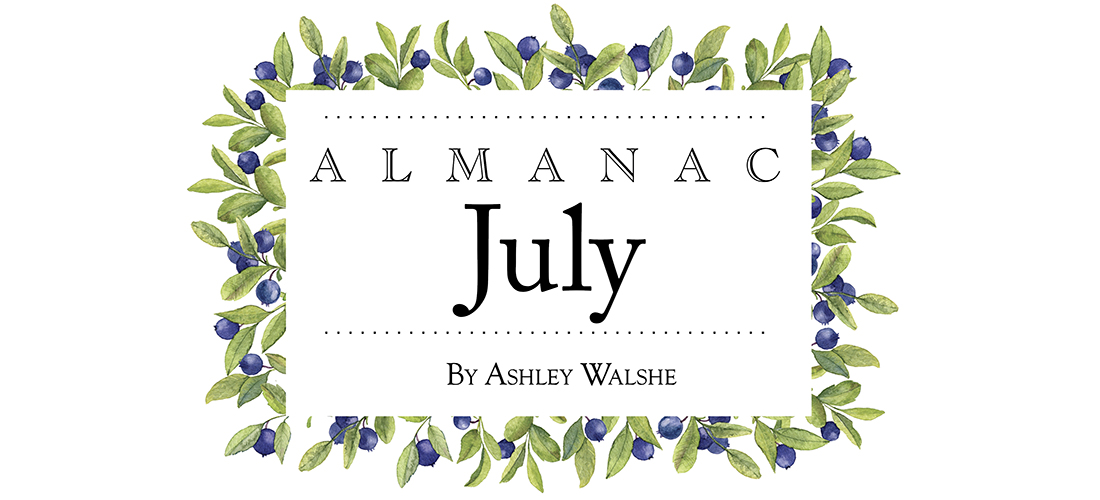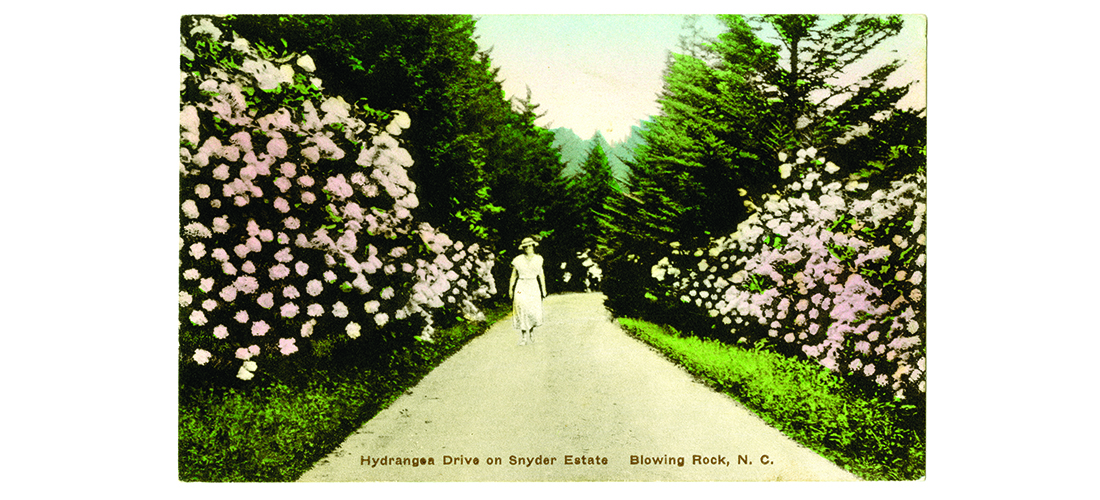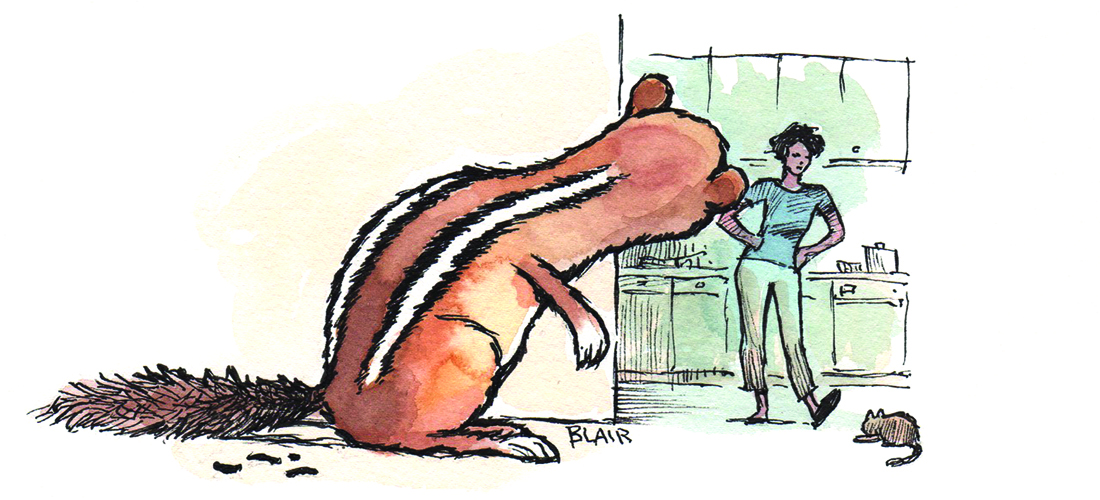The Pleasures of Life Dept.
The Pleasures of Life Dept.

What Me, an Air Marshal?
Or am I over-qualified?
By Cynthia Adams
It happens that the United States government needs writers monitoring America’s airway. We are uniquely qualified.
How do I know this?
Because no less than Corey Rzucidlo of the Federal Air Marshal Service messaged me. Via LinkedIn.
“Your background is impressive,” he writes, “and I encourage you to learn more about the Federal Air Marshal (FAM) role. No law enforcement experience is required. We provide excellent federal benefits, extensive training and extraordinary opportunities for growth.”
Corey’s message was welcome news, the Balm of Gilead, at a time of professional insecurities.
The fact that the Feds want to enlist me follows on the heels of a bank meeting where my advisor, John, reviewed IRAs, SEPs and other “instruments” I’ve, um, underfunded. The graph of my investments plunged lower than a Kardashian’s neckline.
“You mean, you write as a full-time job?” John asked pointedly.
I practiced effective silence.
John recalibrated. “I mean, how cool is that?”
He probably didn’t mean cool.
But back to the new U.S. Marshal opportunity.
Finally, someone noticed the toolkit we writers uniquely possess. Wondering which quality tipped the scales, I conducted a thorough self-analysis. “Self,” I asked, “what did a Federal Air Marshal recruiter see in you that compelled him to reach out?”
Was it punning? Or cunning?
Had he read my take-off on Grace and Frankie? Or did Mama Buys a Horse get flagged during transportation searches?
Whatever had attracted it, there was Corey’s unmistakable interest. Other qualifications were self-evident:
True, I’ve flown on airplanes. Hither and yon. Excepting the Poles, South America, the Middle East, Asia and Russia.
True, I make scrupulous note of fellow passengers and assess each as they board, with special focus upon footwear and accessories.
It is also true: A writer’s imagination could help anticipate thorny in-flight situations. Plus, having heard confidences during countless interviews, discretion is my middle name.
While Air Marshals might possibly be given pause by a recruit of my physical size — rather petite — and demographic, think of the cover it affords!
Why, middle-aged women are practically invisible! Agents of chaos and such would never be suspicious of me.
Should push come to shove, I could probably be tucked into an overhead bin.
But I also know when to shut down nonsense. As for recent incidents when passengers punched flight attendants? Not on my watch, I assure you! Or, say, a passenger attempts to wrench open the emergency door? No way, Jose!
Another strength: admission of failures.
On 9/10/2001, I absentmindedly packed a vintage cake knife into my carryon — en route to a South African wedding.
It is also true that I accidentally returned from London with a forgotten apple in my pocket. The darling beagle tracking me upon my stateside arrival was not friendly simply because he recognized a dog lover when he saw one. Nope, he simply smelled a smuggler with furtive fruit.
Surely, such oversights shouldn’t be dealbreakers.
Applicants to the Federal Air Marshal Service must be a U.S. citizen or nationalized. Check. You must have a favorable background investigation. Check. A polygraph exam must be completed in Washington, D.C., or Atlantic City in New Jersey, of all places.
Wait. Are polygraph experts in Washington and Atlantic City uniquely qualified to detect liars and cheaters?
Also, Federal Air Marshals must demonstrate “defensive tactics and physical control techniques.”
My husband is happy to be a reference.
Selective Service registration is required. Whaaa? Seems the age minimum is 21 and maximum 40.
But there are exceptions! Current or prior service in law enforcement is one.
Surely, my dedicated Community Watch service counts for something?
Meanwhile, I’m reading up on the art of concealment — who cares if it was about undereye darkness? — and cannot wait until John gets a load of my new opportunity.
Cynthia Adam is a contributing editor to O.Henry magazine.
Wandering Billy
Wandering Billy
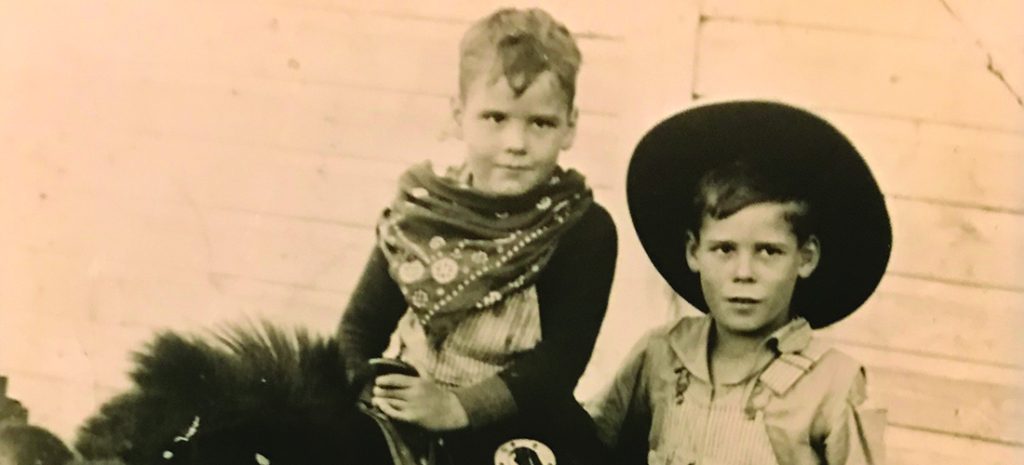
A Storied Life
Peeking into the pages of 90-year-old Gerald Smith, self-proclaimed Cotton Mill Hillbilly
By Billy Ingram
“I never thought my cotton gin would change history.” – Eli Whitney
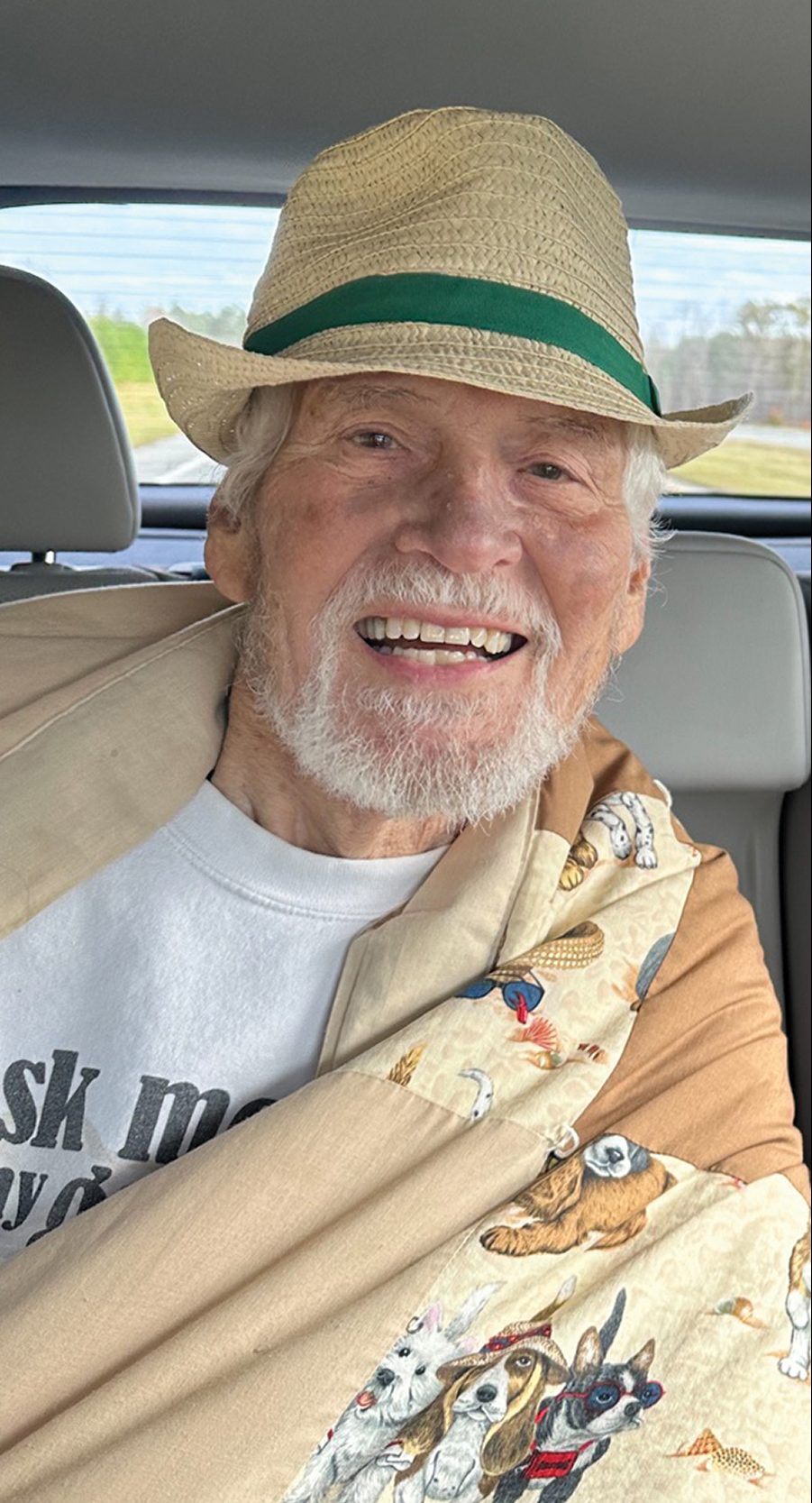
I have a shelf in my library devoted to books about growing up in and around the Gate City. That bookshelf just got a little more crowded with the recent addition of a brand new release, Cotton Mill Hillbilly, written by 90-year-old, first-time author Gerald A. Smith, a project he entered into reluctantly.
“My daughters were after me for about six months before I said I would do it,” Smith confesses. “They said, ‘We don’t know anything about your early life.’ They suggested very strongly that, if I valued my life and I wanted to keep eating, I should start writing.” It took him less than six months to complete 302 breezy pages. Raised in Siler City in the 1930s, population 1,775, not counting the livestock, Smith was “surprised it all came back to me once I started.”
Ever hear someone say, “We grew up poor but we didn’t know it?” Not in this telling. “My daddy was a drunk. You couldn’t depend on him for anything,” Smith explains. “We were really poor. We didn’t even have water in the house.” Well, that wasn’t entirely true during inclement weather. “When it rained we had buckets all over the floor. If you got up during the night you had to watch that you didn’t step in the buckets.”
As a youngster, his family had no means of transportation. So, one Saturday his older brother and father ventured out with $125 to buy an automobile. “And they came back on a Czechoslovakian made motorcycle,” Smith says. “That started my career on motorcycles.” Over his lifetime, “I’d have one right after the other and just keep upgrading,” eventually ending up with a top-of-the-line Triumph.
Siler City was the only world Gerald Smith knew as a young’un. “Greensboro was like going overseas, it was so far away,” he recalls. “My dream was to work at Hadley-Peoples, one of the biggest employers in town. I grew up in their mill houses for the first 16 years of my life.” In high school he took a mechanics position for Hadley-Peoples’ petticoat factory, where, some years later, he would meet his future wife, Esta. “It got so hot inside and they had no air conditioning. You could see the lint flying out the windows.” The labor was grueling, the benefits miniscule. “But you had to work somewhere,” says Smith, who earned around $40 a week at the mill. “My brother was at Western Electric in Greensboro and he was making $20 a week more than I was.”
At his sibling’s suggestion, in 1960, Smith went to work at Western Electric in the Pomona district, where “they manufactured top secret, future products. I remember a machine called a Hysteresis Loop. You put a piece of metal on the machine, it gives you a loop and you record the loop.” A couple of years later, an ad in the Greensboro Daily News for “technical minded people” at IBM caught his eye. After interviewing 125 people for one single position, IBM management told Smith they needed to meet his wife before committing.
“Esta was a housewife at the time. She’s beautiful and she knows all the etiquette and everything,” Smith recalls. “She was waiting at the door, greeted them, served refreshments and joined in the conversation. After an hour they got up and said, ‘We’ll make up our decision and let you know.’” As the two recruiters began exiting they stopped and enquired, ‘You still want the job, Gerald?’ I said, ‘More than ever.’ They said, ‘Well, you’re hired.’ They told me later they hired me because of Esta.” Settling in Greensboro — hard times a vanishing point in his motorbike’s rearview mirror — this country boy joined the ranks of the button-down corporate world. “I didn’t know what to expect. I didn’t have any suits. I had to go in debt,” Smith says of his Mad Men-era uniform. Wherever he went, ranging out as far as Danville, Virginia, to repair IBM office products, “I had on my suit, crisp white shirt, the shoes had to be shined and you better look good.” Equipped with a proprietary set of tools tucked into a briefcase, employees at his destinations often mistook him for an executive or a doctor, so they routinely waved him through. “I’d go out to Cone Hospital and get right into the area where they kept the radium and isotopes and see all this stuff around and wonder whether this is gonna kill me or not.”
IBM instituted a robust suggestion program with a bonus of up to $50,000 for any employee who submitted a cost-cutting idea that was adopted by the company. “A lot of times we’d be running short of money and they’d present me with a suggestion award.” Smith won 21 of these bonuses before being promoted to field and distribution services manager, allowing him to retire in 1990 and devote more time to church activities.
Looking back, he wonders if maybe he had a bit too much time on his hands, like the time he discovered a baby bird lying on the ground after a windstorm. “This little bitty thing, he just cracked open the egg when he fell and the mother wasn’t there,” Smith says. “Different people said, ‘Feed him some egg yolk.’” Using an eyedropper, “I raised him from the egg to a bird old enough to fly.” He named the bird Nod (bonus points if you get the Andy Griffith Show reference, Wink, Wink). While strolling the neighborhood, Smith tied a string on one of the birdie’s legs and attached it to his baseball cap, using that hat’s bill as a launching pad in an effort to teach the fledgling to fly.
His walks with Nod got the neighbors talking, so much so that Channel 2 dispatched Arlo Lassen to document this Birdman of Hamilton Forest for the 6 p.m. news. Before Nod flew the coop for good, he made a final electrifying appearance: “One morning a telephone guy was coming out to do some work on the lines.” Smith was on the front porch waving to the repairman when Nod flew off a wire, landing on top of his head. “That repairman said, ‘I’ve never seen anything like that before!’”
In so short a space, there’s no way to do justice to the mischief and mayhem contained in this madcap memoir. I recommend you dive into Cotton Mill Hillbilly yourself, available where books are sold and on Amazon. I wouldn’t be at all surprised if some savvy producer turns Smith’s story into a movie.
After 90 revolutions around the sun, despite his soulmate, Esta, passing away in 2010, Gerald Smith isn’t slowing down that much. “I got my driver’s license renewed a few weeks ago,” he tells me. “I thought maybe I’d have trouble taking the eye test. I really can’t see that good, so I spent a couple days memorizing eye charts.” Sure enough he passed and was even grandfathered in for a motorcycle license. He quips, “I might buy me a new Harley or something.” He’s joking, of course . . . at least I think he is. OH
Billy Ingram’s new book about Greensboro, EYE on GSO, is available wherever books are sold or pulped.
Life’s Funny
Life’s Funny

CODE GREEN
Vegging out in the botanical ER
By Maria Johnson
“Do you know what this is?” the woman asks, holding up a pot of frosted, wilted foliage.
“Dusty miller,” I say.
“Does it have a flower?”
“No, but it’s pretty as an accent plant. It kinda shines a light on the plants around it.”
She studies the plant tag for a moment, puts the pot back on the discount rack in the big box garden center and moves on in search of more color.
Right behind her, a young couple with a shopping cart full of fading dusty miller — and minds full of landscaping plans — swoop in to snag the passed-over pot.
A few steps away, another couple, acting as a two-person bucket brigade, shuttles droopy half-price hostas from the top shelf into their buggy.
“I like your garden clogs,” another shopper tells Hosta Mama.
“Oh, thank you,” the woman says mid-handoff, looking down at her feet to remind herself of what she put on this morning: orange-red clogs made from foamy plastic.
“Are they Crocs?” her admirer asks (newsflash: Crocs are back).
“No, but they’re the most comfortable things I’ve ever worn,” says Hosta Mama, invoking the name of another discount mecca. “Seven dollars at Gabe’s.”
“Whaaaaat?” says her questioner. “Where’s Gabe’s?”
“Off Wendover,” interjects Hosta Papa.
“Go get you some,” says Hosta Mama.
For the plants and the patter — two of my favorite things — this is where I like to hang out: in the botanical “emergency room,” where garden centers large and small dispatch plants with one root in the grave.
Deathbed daisies.
Forlorn ferns.
Crispy caladiums.
Puny petunias with thready pulses.
It’s not just the low prices that draw me to the way-back, where bar codes have been slashed with Sharpies. Though I’d be lying through my lilies if I said that didn’t matter.
Inflation has hit gardeners hard. A packet of seeds can run $3 easy. Starter plants — whether destined for plate or patio — are dear, too.
Tally the costs from seed to shelf: planting materials, labor, electricity, water, fertilizer, transportation, to say nothing of the front-end display and maintenance by folks who drag around those infernal watering hoses, the equivalent of speed bumps to those of us who like to drive our carts at a frisky clip.
Ca-chunk, Ca-chunk, @&#%$.
Anyway, that’s how you arrive at $10 or $20 or more for a two-and-a-half quarts of bountiful blooms and fulsome foliage, all of which nourish the eyes and soul, but dang. Multiply that times a border or two if you want to understand why my price-point peeps and I hang out in the ER where we can lop off 20, 30, 40 or 50 percent — even more when the dog days pant their humid breath in our faces.
Last week, I snagged a few plants near the entrance of a garden center, only to find the exact same specimens — a few days older and worse for wear — on the discount racks for much less.
Bazinga. Adrenaline hit.
So there’s that. But that’s just a part of it. The other aspect is community, a feeling of kinship among the compost crowd that touches more than the pocketbook.
It has to do with promise, potential, imagination and hope.
Does a plant contain enough green in its leaves, enough spring in its shoots, enough buds on its stems, to bounce back with a little love and a lot of Miracle-Gro?
Can you envision what it could be?
Do you know how to get it there?
Often, the people who frequent plant-based ERs are good at this kind of triage. My mom, a seasoned greenie who turned me on to this niche sport, taught me how to suss out survivors by looking, touching and, yes, sometimes by talking to the patients.
“Whaddya think?” I whispered as I caressed a scorched fern just a few weeks ago. “Can we do this?”
I saw and felt the answer in the lime-green curls close to the plant’s center. But even if the answer is yes — as the fern affirmed — that doesn’t mean you can be stupid about it.
You have to offer the right place. The right soil. The right light. The right moisture. The right season. The plant will tell you if you’re on target.
As legendary Greensboro garden designer Chip Callaway once told me: “There’s a difference between thriving and surviving.”
He was talking about plants, though he could have been talking about people, too.
Another Chipism: “Don’t be afraid to fail.”
Translation: Good gardeners lose a ton of green — in all senses of the word — on the way to becoming good.
Over the years, I’ve lost more floundering flora than I’ve saved, though my efforts are bearing more fruit these days.
The most humbling thing? I’ve had nothing to do with a lot of the saves.
More times than I can count, distressed perennials have saved themselves — eventually — even if they appeared, to my eye, to perish.
I’m thinking of one particular tea olive, a flowering evergreen shrub, that was in critical condition when I lugged it home along with some sickly companions last fall. I stuck them in a favorable spot. The mates caught on. But the outlier flatlined.
I was certain of it, pronouncing the bare branches DOA this spring.
I marked the corpse for the shovel, to be pried out and cast on the fire pit of good intentions.
Then other priorities sprung up, and the shrub fell off my radar.
Finally, I got around to it. I dragged a shovel to the gravesite to exhume the body, when what to my wondering eyes should appear, but clusters of vivid green leaves sprouting near the base.
Well, snap my peas.
Add one more condition to the list of gardening must-haves: the right amount of patience.
I granted the straggler another year.
It won’t be pretty for a while.
Except in the hothouse of my mind. OH
Maria Johnson is a contributing editor of O.Henry. Email her at ohenrymaria@gmail.com.
Home Grown
Home Grown

Travels with Mama
A daughter unpacks her mother’s baggage
By Cynthia Adams
Mama never traveled light. She traveled with intentions. Those encapsulated champagne-and-caviar dreams and included sequins, suits, wraps, strappy heels, scarves, earrings, necklaces, belts, handbags, daywear, nightwear and leisure wear for God knows where.
Working at a consignment shop meant Mama apparently bought just about everything that happened to be in her size.
Travel light? Mama traveled heavy, whether visiting friends in Spartanburg or family in Switzerland. Regardless, she packed foam curlers, curling iron, enough hairspray to asphyxiate a ballroom full of people and a complete palette of makeup.
Taking Mama on a lark to L.A., something negotiated while she recovered from heart surgery, I learned a thing or two.
Never rent an economy-sized car when shuttling Mama.
Her suitcase — nicknamed “the coffin”— fit into the land yacht, her lumbering Lincoln — but was way too big to fit into the rental car I picked up at LAX.
The coffin could only fit through the rear doors when turned sideways and hefted across the rear seat. Mama patted her hair, commenting on the traffic, while I shoved her other bags and my single one into said trunk. And the West Coast traffic?
It is possible to be both sweaty and cold when terrified.
Flop sweat trailed from my temples as we merged onto the freeway. Then Mama began musing about a good comb-out.
A comb-out? She had gotten her hair done the previous day. But Mama had standards, which weren’t going to slip here in the land of “swimmin’ pools and movie stars.”
Passing a billboard, she visibly brightened, wondering about getting into a Wheel of Fortune taping.
I reminded Mama that my realm of influence was, well, nonexistent. The only two people I knew in Hollywood, Suzy Turcot and Sherwood Jones, were not lolling around swimmin’ pools. Suzy worked in lighting (on a hit sitcom and films) and Sherwood had edited the Olsen twin videos when they were kids, plus some feature films.
Barely aware of palm trees and iconic scenery, I glumly realized Mama wouldn’t be pacified with Gray Line star tours and museums. She wanted hair, makeup, action!
Prompted by her screaming “Stop,” we pulled into a Beverly Hills inn with Mama’s carry-on bag at her feet, a huge purse in her lap and the coffin filling the back seat.
Mama adored the spacious Italianate, frond-filled lobby. On a sideboard awaited freshly squeezed juice and stage-perfect fruit.
The lobby bore little semblance to our bargain-rate Lilliputian room. The coffin sprawled once it was inside, consuming the floor space. It would only fit beside my twin bed. Opened, it belched finery.
The first night I stepped right inside it while fumbling to the loo, entangled in Mama’s diaphanous garb.
She also brought court-worthy ensembles. Mama adored true crime, once accompanying me to Union, S.C., as I attempted to sniff out a story about a murdering mother. (She disarmed the lock-lipped townspeople with grandmotherly inquiries — Mama knew more about the murders than Nancy Grace.)
Which is why, on day two in L.A., donning a pantsuit, Mama mentioned Brentwood. After studiously following O.J. Simpson’s trial, Mama pointed out gory details as I clenched the steering wheel.
Mama Macabre.
Days in L.A. became a whirl of celebrity crimes and my traffic misdemeanors — when I found the police department to protest a whopping parking ticket, I pointed out it was featured in Beverly Hills Cop.
On a subsequent trip with a small entourage including my sister, our first to Vegas, we unwittingly booked a tattered hotel slated for demolition. And yet, Mama had filled the coffin with clothes suitable for Monte Carlo.
Her sparkly garb would have thrilled Raymond in Rain Man, but was overkill at the slots. If Mama noticed fellow gamblers in sweatshirts and worse, she didn’t comment.
Here I learned something new: Beware of a casino’s largesse.
Slurping down free cocktails, we shrieked with jubilation as the slot machine began screeching and flashing like a fire siren. Jackpot!
“How much did you win?” Mama gasped, adjusting her sequined top.
“I can’t count that high,” I shouted. Gawkers gawked. The machine spit coin after coin. “Forty quarters!”
I ordered another Bloody Muddy, weighing an upgrade to the Wynn with my winnings.
Ten dollars.
Regret, I realized by daybreak, thy name is stupid drunkenness.
It wasn’t even enough to buy Mama another glitzy consignment shop top.
The next day, chastened by my wanton ways, I reconnoitered and visited the Guggenheim Hermitage in the Venetian hotel. It was a “jewel box” tucked into the Venetian’s lobby, featuring works from both Russia’s State Hermitage Museum and the Guggenheim, which was as jarring a fish-out-of-water Vegas experience one might have. It echoed with my footsteps as only one other person — a guard — was inside. It soon closed due to lack of attendance.
Imagine.
Meanwhile, Mama rejoined my sister in the casino, inspired, rather than dissuaded, by my “windfall.”
While walking along the strip back to our dumpy hotel, I noticed a wrecking ball had been indiscreetly moved into place. It seemed a metaphor straight out of a Wes Anderson flick. Then a stranger handed me a yellow flier advertising cheap flights over the Grand Canyon.
I squinted in the overwhelmingly stark sunlight in amazement at this, the perfect antidote to the artifice of Vegas: A natural wonder.
On approach, the other passengers and I donned headphones playing the musical theme to Grand Canyon to fine effect. Better than the Guggenheim — a natural work in a staggering landscape.
As I stood on the precipice of this magnificent hole, my eyes welled. Meantime, back at the casino, Mama’s eyes shown with joy, too, when the one-armed bandit dispensed a bounty of coins. Enough winnings for a new pair of pantyhose.
We both won, Mama breathed out that night, dressed in a splendid cocktail frock. Her very best. OH
Almanac July 2023
Almanac July 2023
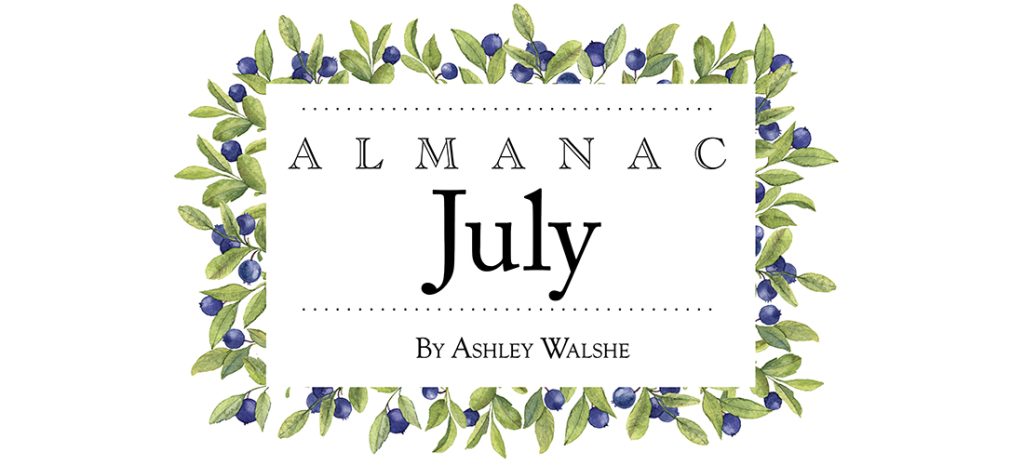
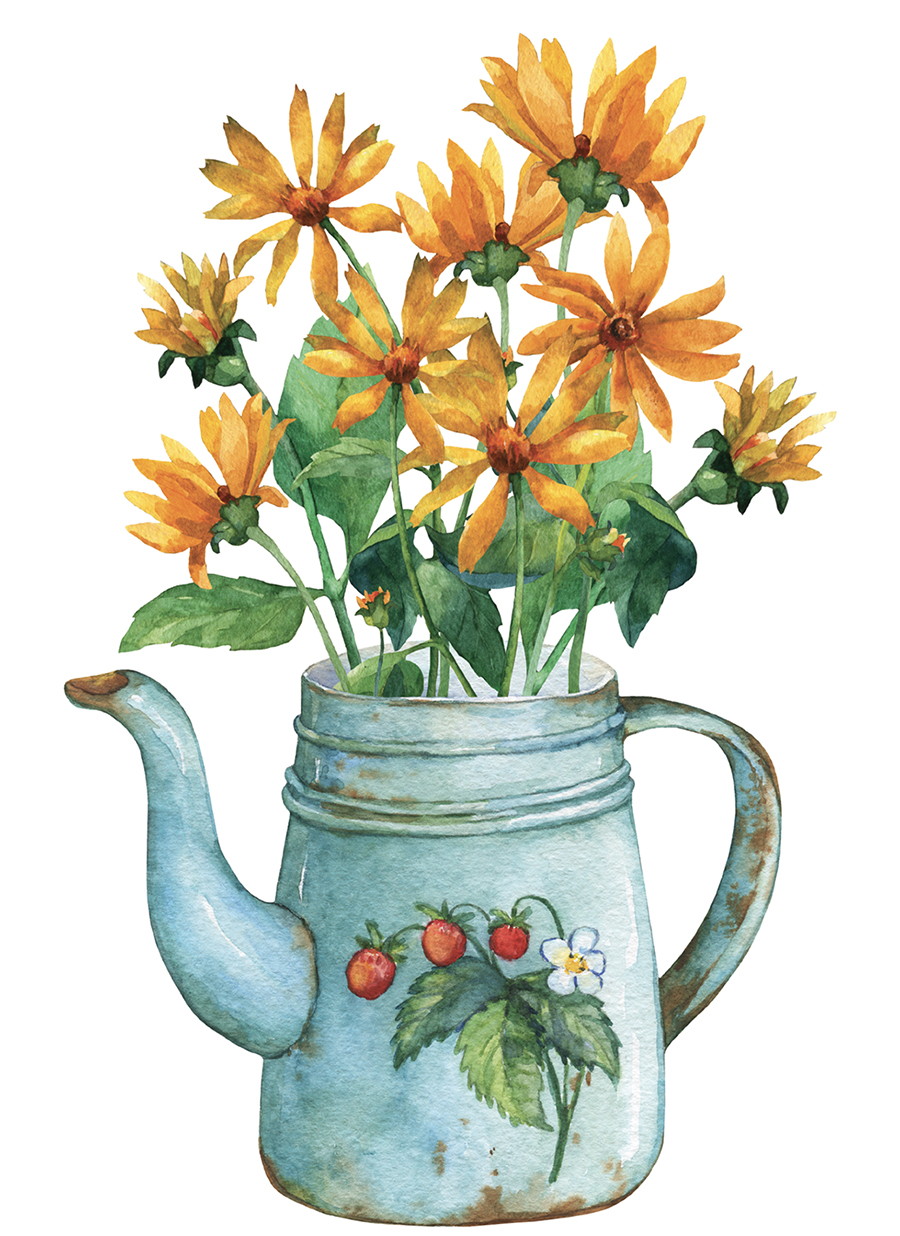
July is a recipe for pie.
As the birds blurt out their morning devotions, your mantra is singular and succinct: blueberries. Even the word feels ripe and juicy. You snag a sunhat, load up on water, gather the vessels for the great summer harvest.
Before the heat consumes the day, you step into the balmy morning, bright-eyed and unwavering. The walk to the woody temple is more than a core memory. You know it in your bones. As the robin chants his ancient hymn, you whistle along:
Blue-ber-ries, ber-ries, ber-ries, blue-ber-ries . . .
At last, you stand before the altar of the sun-loving shrubs, awestruck. Clusters of plump berries nearly drip from sweeping branches. The ripe ones tumble at your touch.
You find your rhythm: three for the basket; one for the tongue. You’ll need six cups for pie. Seventy berries per cup.
One for the basket, three for the tongue. The pop of sweetness fuels you. Pie is nice, but fresh berries are the best berries. Just ask the whistling robin.
As the air becomes syrup, you reach for one last cluster, coaxing a final palmful with purple-stained fingers. One, two, three for the tongue.
On the trek back, belly and baskets brimming, you are one with the great summer harvest. The horizon holds visions of sugar and lemon and lattice crust. Yet nothing could be sweeter than this sun-drenched moment, the salt on your skin, fresh blueberries on the tongue.
Like a Charm
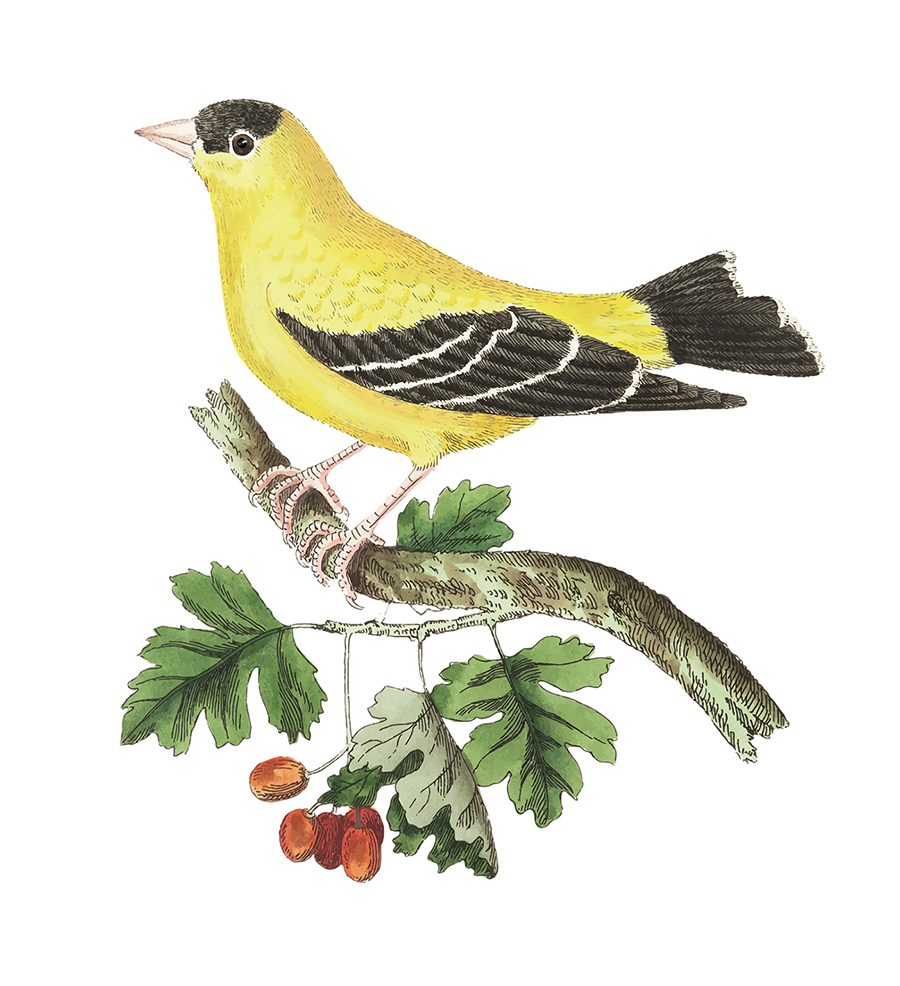
Black-eyed Susan is blooming. Jewelweed, too. And, did you see that brilliant flash of yellow?
At last, it’s nesting season for the American goldfinch. Where the thistle grows wild and thick, female finches line their nests with — that’s right — fluffy white thistle down.
These late-season breeders undulate through the air as they fly, foraging for thistle and grass seeds in wide-open meadows. Spotting one is a delight. But should you ever see a flock of them (they’re gregarious year-round), consider yourself charmed. A congregation of goldfinches, after all, is called a charm.
Better than any argument is to rise at dawn and pick dew-wet red berries in a cup. — Wendell Berry
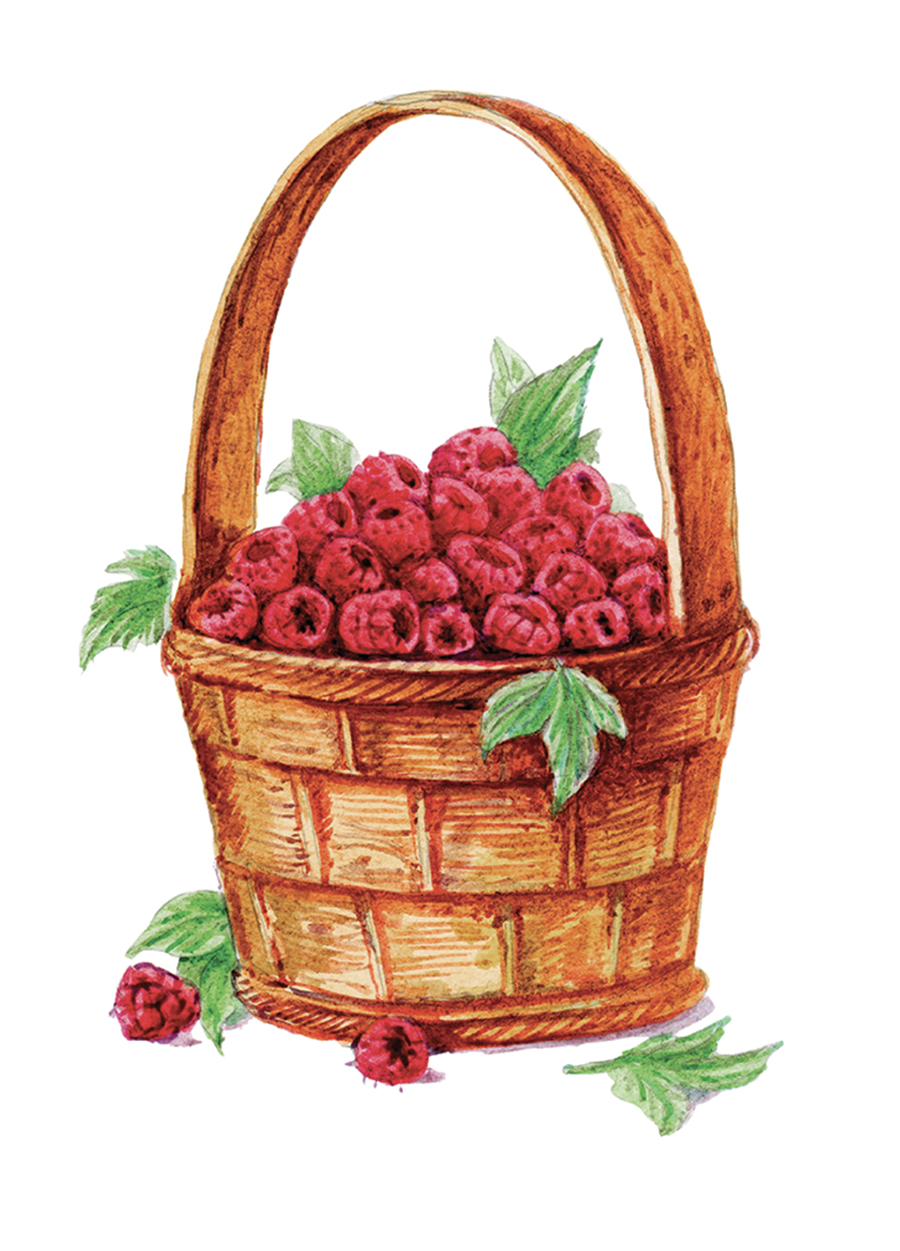
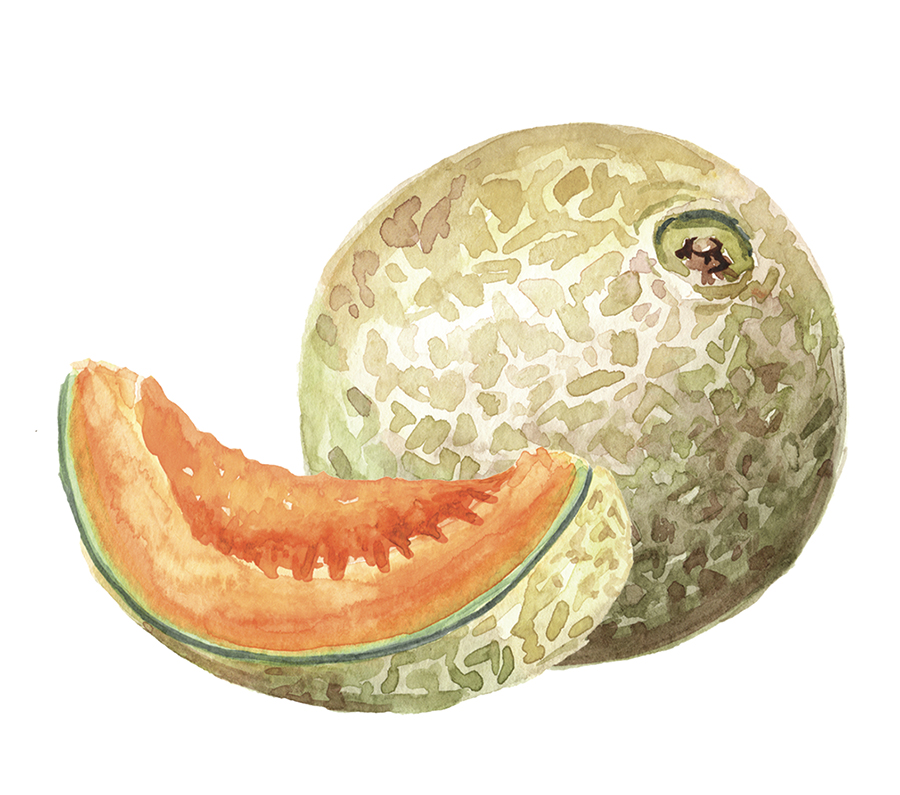 In the Garden
In the Garden
Snap beans and melons and snakes! Oh, my.
The summer garden is brimming with goodness and — if you’re lucky — perhaps a resident garter snake. Harmless to humans (although they may bite in self-defense), these carnivorous wonders feast on slugs, cucumber beetles and other garden pests. They’re not here for the Silver Queen or Cherokee Purples.
This time of year, female garters may be eating for two. Or, rather, a wriggling knot of live young. Learn how to identify these slithering allies should you peel back the vines to a surprise garden party. Don’t forget your stripes! PS
Burgin Ross’ Special Collection of Memories
Burgin Ross’ Special Collection of Memories

A 1974 UNCG grad’s African artifacts tell the tale of her journey
By Cynthia Adams • Photographs by Bert VanderVeen
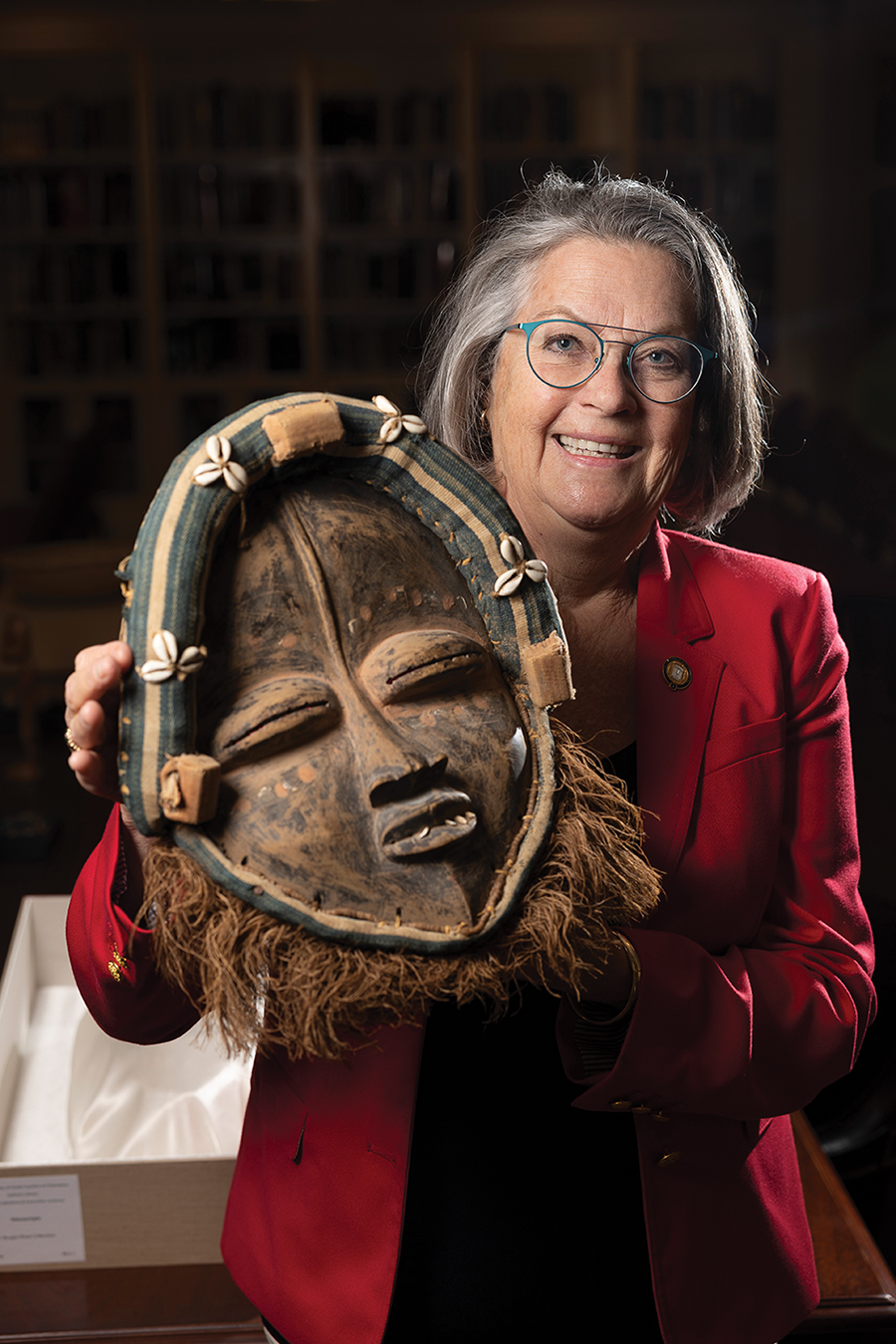
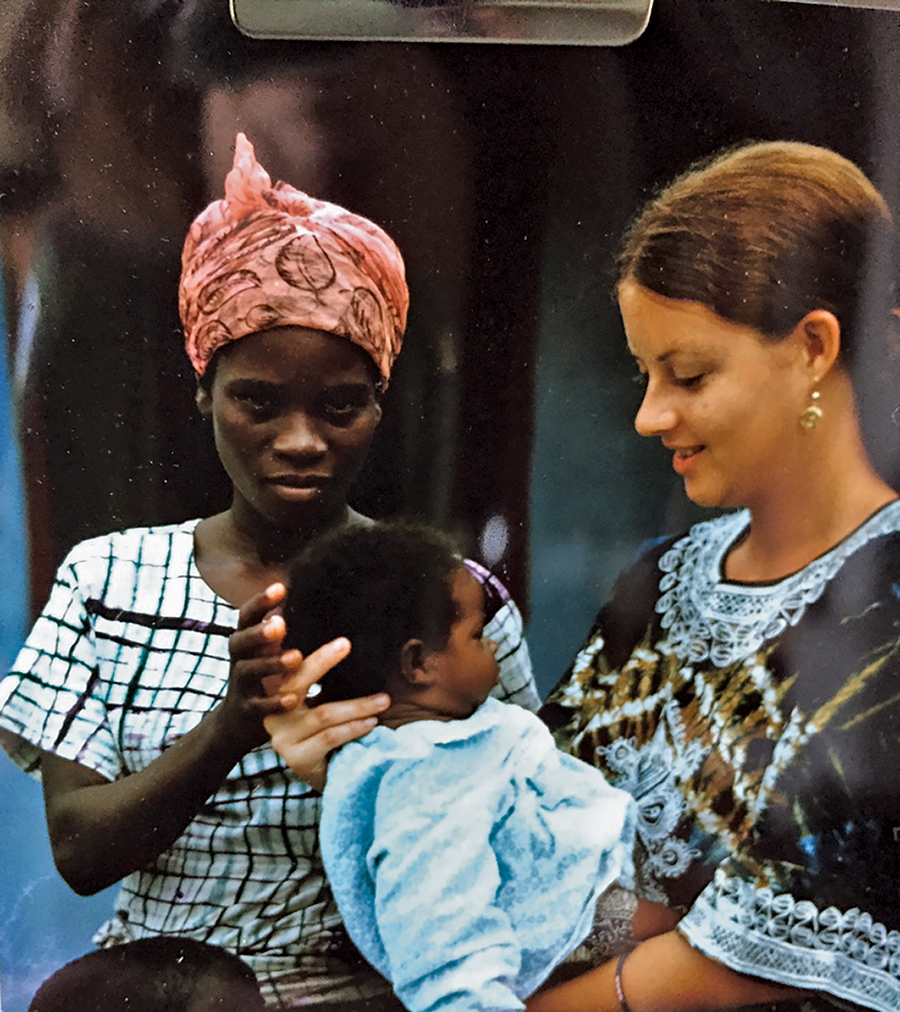
In the summer of 1974, Brenda Burgin Ross, a new graduate of UNCG, said her goodbyes to family in the North Carolina mountains before undertaking a 5,000-mile journey into sub-Saharan Africa. While many of her fellow graduates might prefer a lark abroad, she chose a life-changing experience using her new degree in Liberia, a small country no larger than Ohio.
“I was pretty sheltered,” she says. “I grew up between Marion and Old Fort, east of Asheville. I had never been out of the U.S. before.”
She mocks herself, saying she added extra vowels to words like right, light and night as riiight, liiiight and niiiight when she first arrived in Greensboro. Ross noticed other students pronounced the same words differently, in a clipped way, with a short “i” sound. “I kept my mouth shut in the beginning.”
Ross had entered UNCG as a math major, then changed to nutrition. Once armed with a degree, she signed up with the Peace Corps, requesting placement in Africa.
The gregarious, green-eyed brunette favored low-slung bell bottom jeans and clogs. She was known to her college friends as Burgin — a step toward her new identity.
In June of 1974, just shy of her 22nd birthday, Ross arrived in Monrovia, the capital city of Liberia.
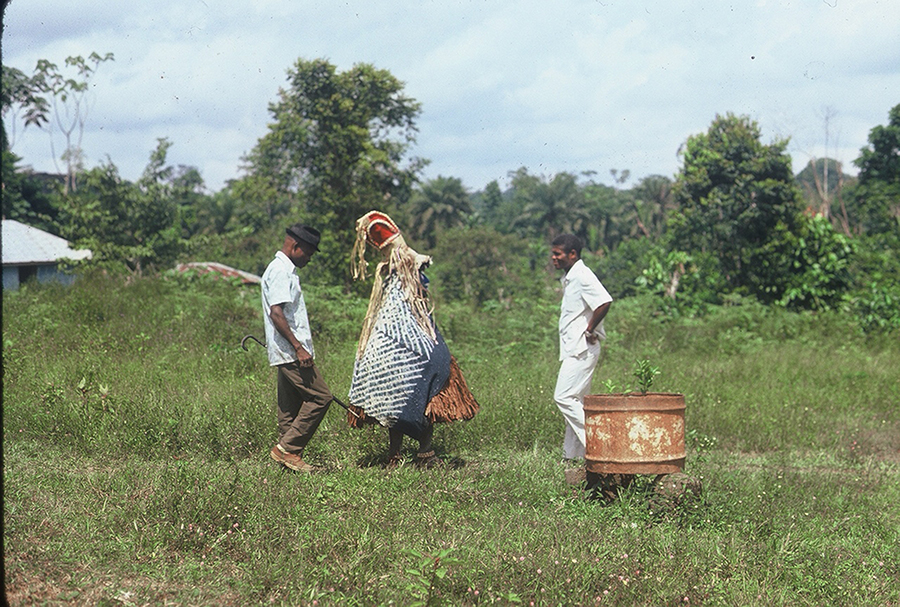
Over six weeks at a Peace Corps training site, volunteers “learned some language, but mostly learned about cultural traditions, local foods, and were given ideas and materials to use in my work as a health volunteer.” The trainees learned a smattering of the nation’s 16 different dialects, although English is the country’s official language. Ross purchased basics such as plates, cups, pots and pans, sheets, towels, and kerosene lamps. Before traveling with an official from the Ministry of Agriculture to the village of Juarzon, she stocked up on “oats, flour, sugar, tins of butter and cheese, and powdered milk”
Ross traveled light, with just a medium-sized suitcase and backpack. Other volunteers filled their cases with toilet paper; she packed contact lens supplies, books, camera equipment and minimal clothing, leaving toiletries and nonessentials behind.
They made their way south over rutted dirt roads with dust swirling during the equatorial dry season. The perpetually hot, dry season would inevitably give way to an equally sweltering rainy season.
“They have two seasons, rainy season and dry season,” Ross learned. “You welcomed dry season, but then all you wanted was a day of rain.”
Their trip took nearly three days.
“Was I eager to have an adventure?” She nods yes. There was an underlying, personal mission, too. Ross’ sights were set upon two goals: first, forging her own identity — complicated by having an identical twin. Secondly, as a child of the Kennedy era, she wanted to use her education do something meaningful, if not noble.
She was well on her way to breaking with her twinned past when she chose the Peace Corps, a decision she had made in 1970. Meanwhile, her twin, Glenda, stayed stateside to enter nursing.
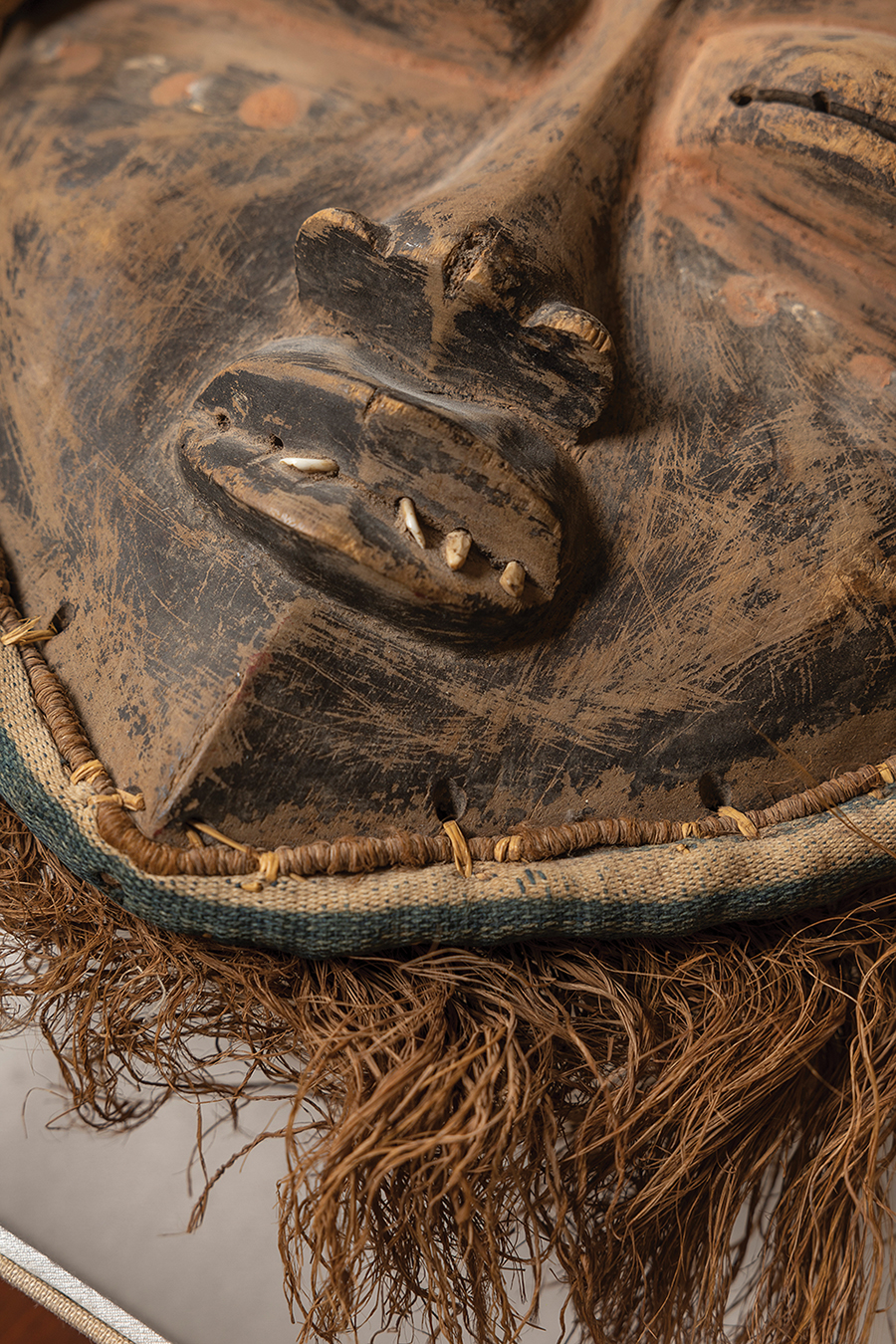
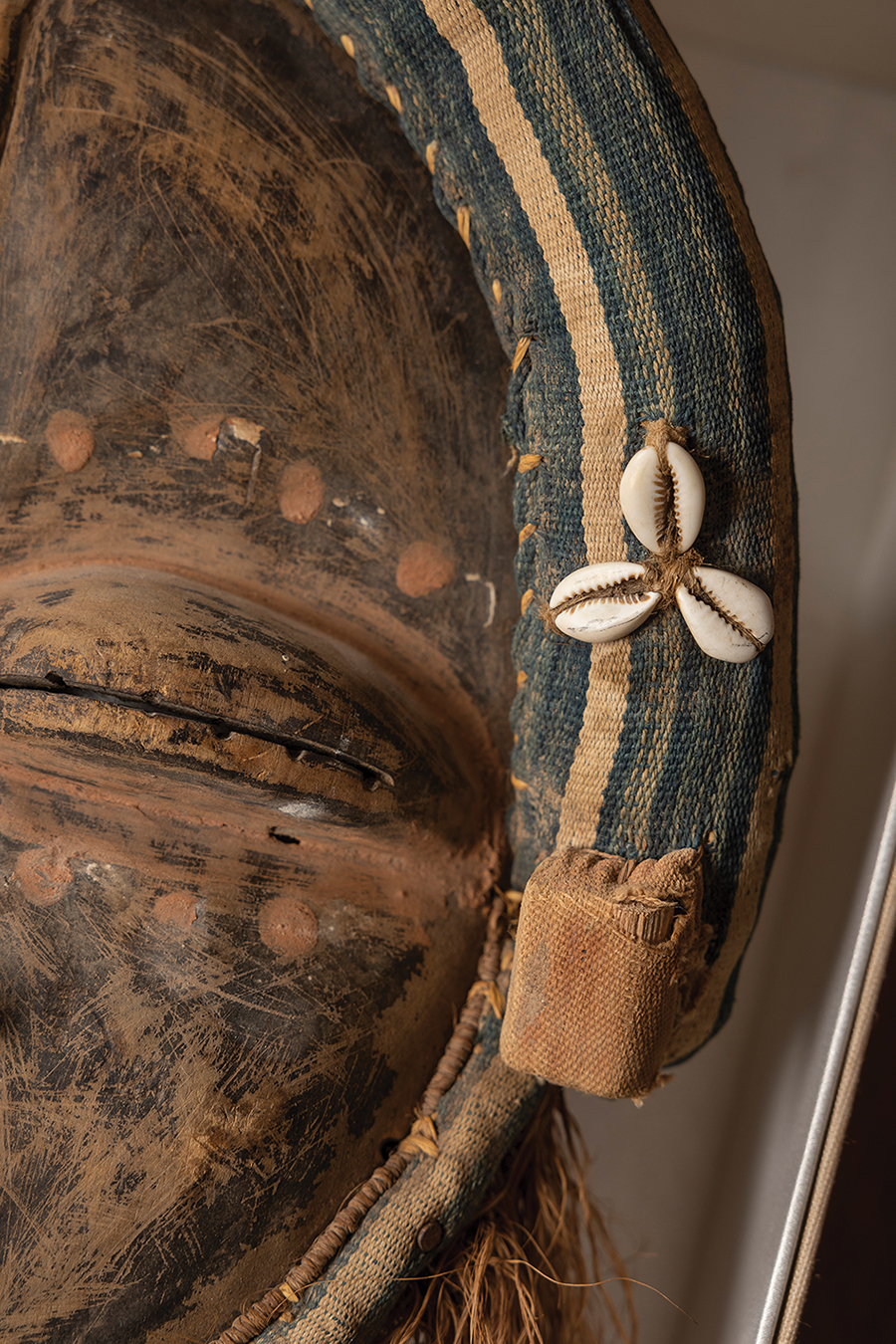
As twins, “we slept in the same bed. Our mother dressed us alike until we were 13 years old. We were called ‘Brenda/Glenda,’ or ‘the twins,’” Ross says with a grimace. “When we got into high school, we developed separate friends and interests.”
In photos, she looks like a young Ashley Judd. “I was a baby, wasn’t I?” she muses.
The Peace Corps was also still young. Founded in 1961, it was a goodwill initiative created by President John Kennedy, who visited Liberia while in office. The nation was founded in 1822 by freed American slaves as Africa’s first independent nation.
As a nutritionist, Ross would serve as an informal ambassador while helping Liberians improve their dietary standards. Ideally, this would boost Liberians’ life spans and their general quality of life.
When the ministry official left her in Juarzon and returned to Monrovia, reality set in.
“From that point, I was on my own.”
There were 35 Peace Corps volunteers placed around the country — but Ross was the only volunteer given a solo assignment. And it “had been four or five years” since a previous volunteer had been placed in Juarzon.
She moved into “a nice house with screens to keep out mosquitos and mice. I had no running water, plumbing or electricity, but [it] had a cement floor and was built of cinder blocks.”
“I wasn’t scared. Except for snakes, rats, dysentery and malaria. I was eager to see the world,” she says. Despite encountering everything she feared, she remained filled with youthful enthusiasm and seldom regretted her decision, apart from the existential loneliness. Books and magazines were hard to come by apart from trips to Monrovia.
“But I had the protection of the U.S. government,” she adds.
She has no memory of the first night in that simple hut. Then, a memorable event. Ross heard drumbeats, then the footsteps of a group of women approaching her house. They called out, insisting she come out to join them.
“Within my first few weeks there, I was called out one night to meet ‘the devil.’ Drums were playing, a bonfire was burning, and I initially thought, ‘This is going to be bad.’ Approaching the bonfire, I saw the ‘devil’ dancing. The ‘devil’ is just a spiritual figure covered in cloth, straw and with his face covered by a wooden mask.”
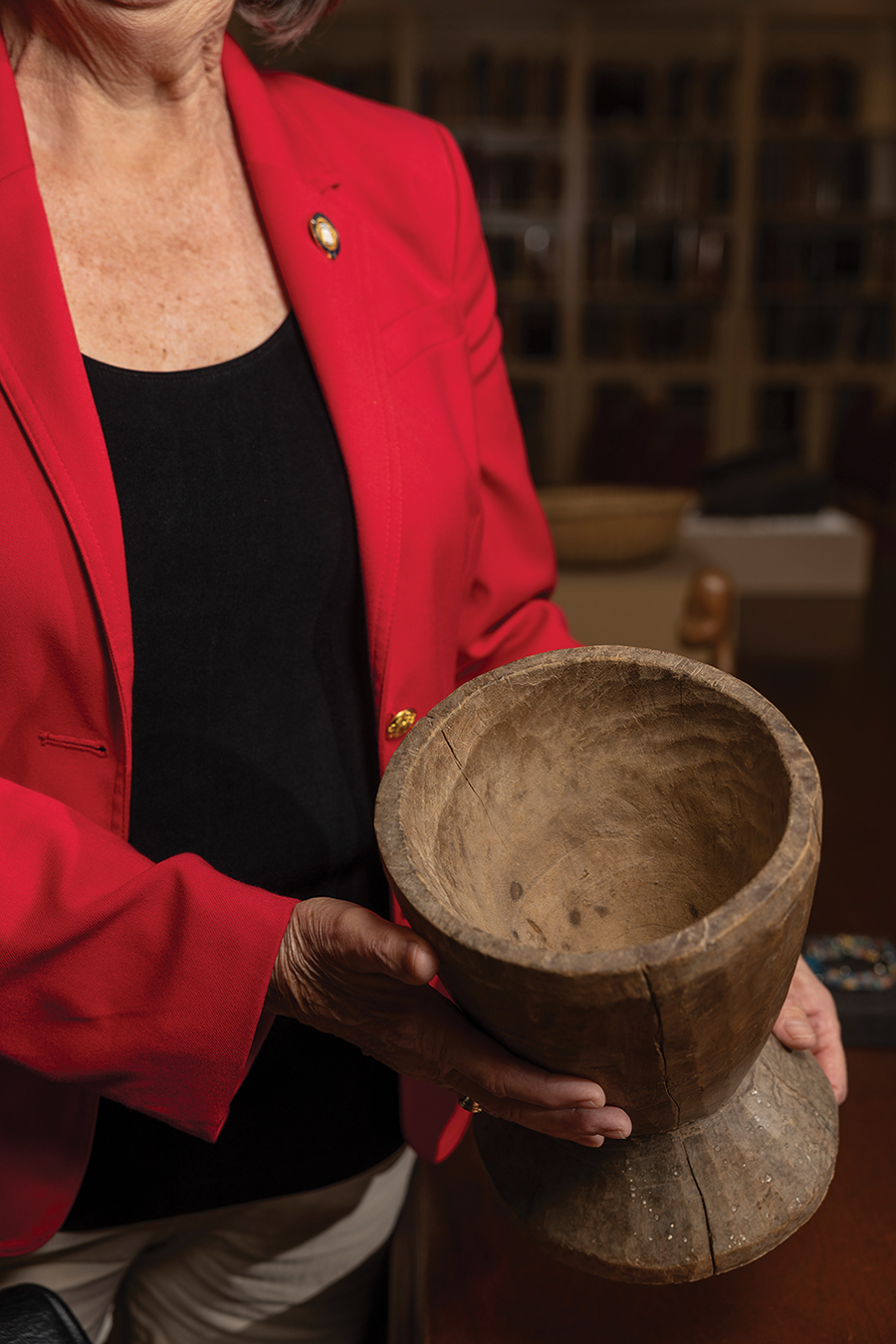
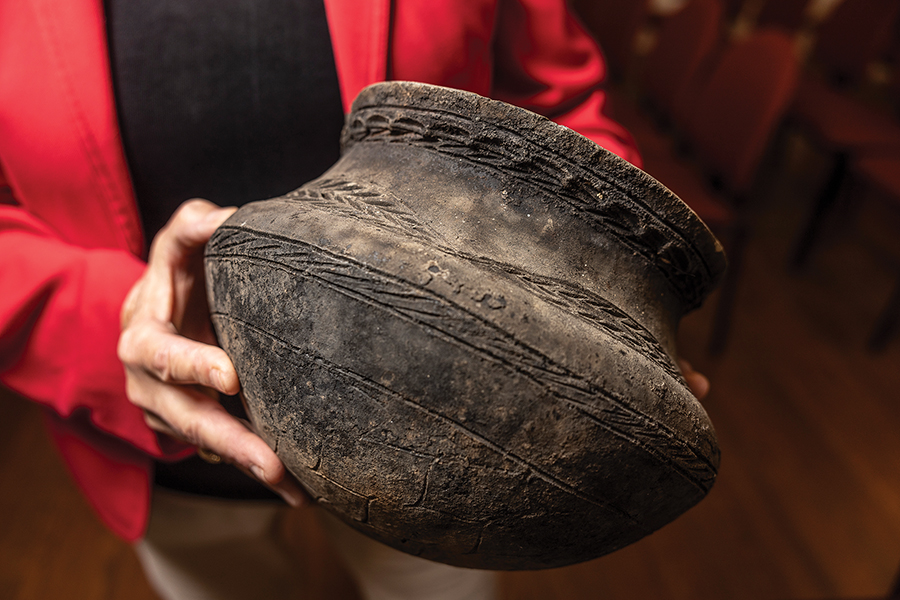
Ross’s adrenaline pumped. “He danced toward me, grabbing me around my waist, at which point I screamed and the villagers laughed.” Ross learned that the masked, dancing devils were purposeful. They came to the village to influence an election or to celebrate an important village elder upon his death. “I knew then that I was safe,” she says, “and that this was the way I was being presented to the village!”
When rainy season arrived, the incessant rain falling on the rooftop didn’t disturb her — but the rats on the roof did. “But they couldn’t get into my house,” she adds.
She swiftly discovered that nutritional advice was the smallest part of her work. Villagers were far more eager to learn skills like hand sewing, knitting and crocheting. Yet Ross’ best attended lecture was when she was invited to discuss birth control.
Because Liberia is polygamous, males faced the challenges of supporting several wives, having fathered multiple children. She noticed men also gathering closer to hear her lecture.
Regardless of their feelings about polygamy, Ross and other volunteers were cautioned against imposing their personal beliefs.
Ross preferred to interact one-on-one, talking to the women as the men worked outside the home. She never refused gifts of food as she went house to house. The village diet was largely vegetarian, although dried fish (“boni”) and canned mackerel were common. “Fish head soup was popular,” given the proximity to the coast.
Local foods included boiled cassava, palm butter, potato greens, collard greens and soups — made of okra, peanut, pumpkin, even palm oil. Limes, lemons, pineapple, papaya, pineapple, tomatoes and coconut were plentiful. Rice, a staple, was mostly imported from China.
The price of avoiding rudeness meant “I gained 30 pounds,” she says ruefully. While the locals ate from a common bowl, they would bring her a separate bowl and spoon.
Ross mastered making palm butter using a large mortar and pestle.
“They also have mortars of many different sizes, using them for crushing peanuts for peanut soup, mashing cooked palm nuts for palm butter, or for separating the chaff from the rice kernels they grew.”
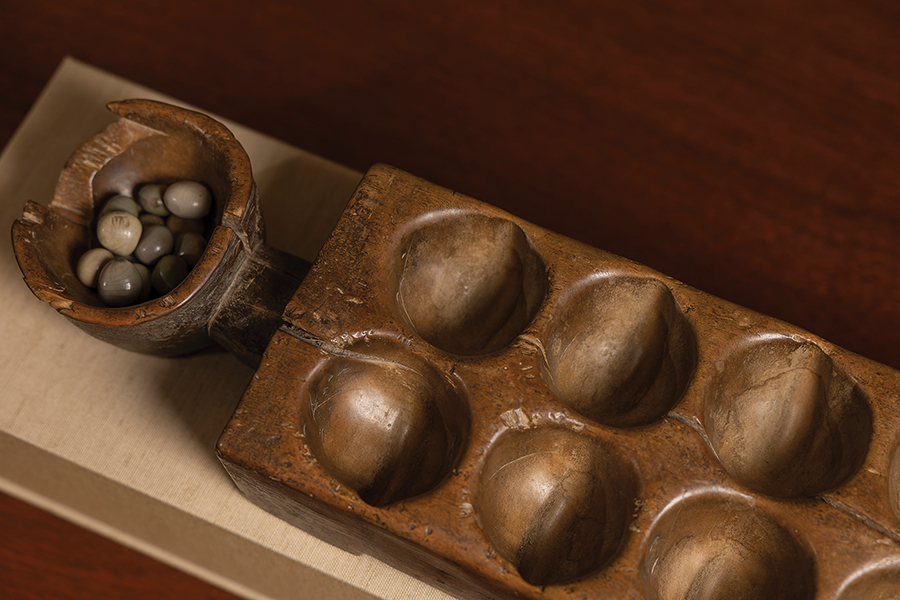
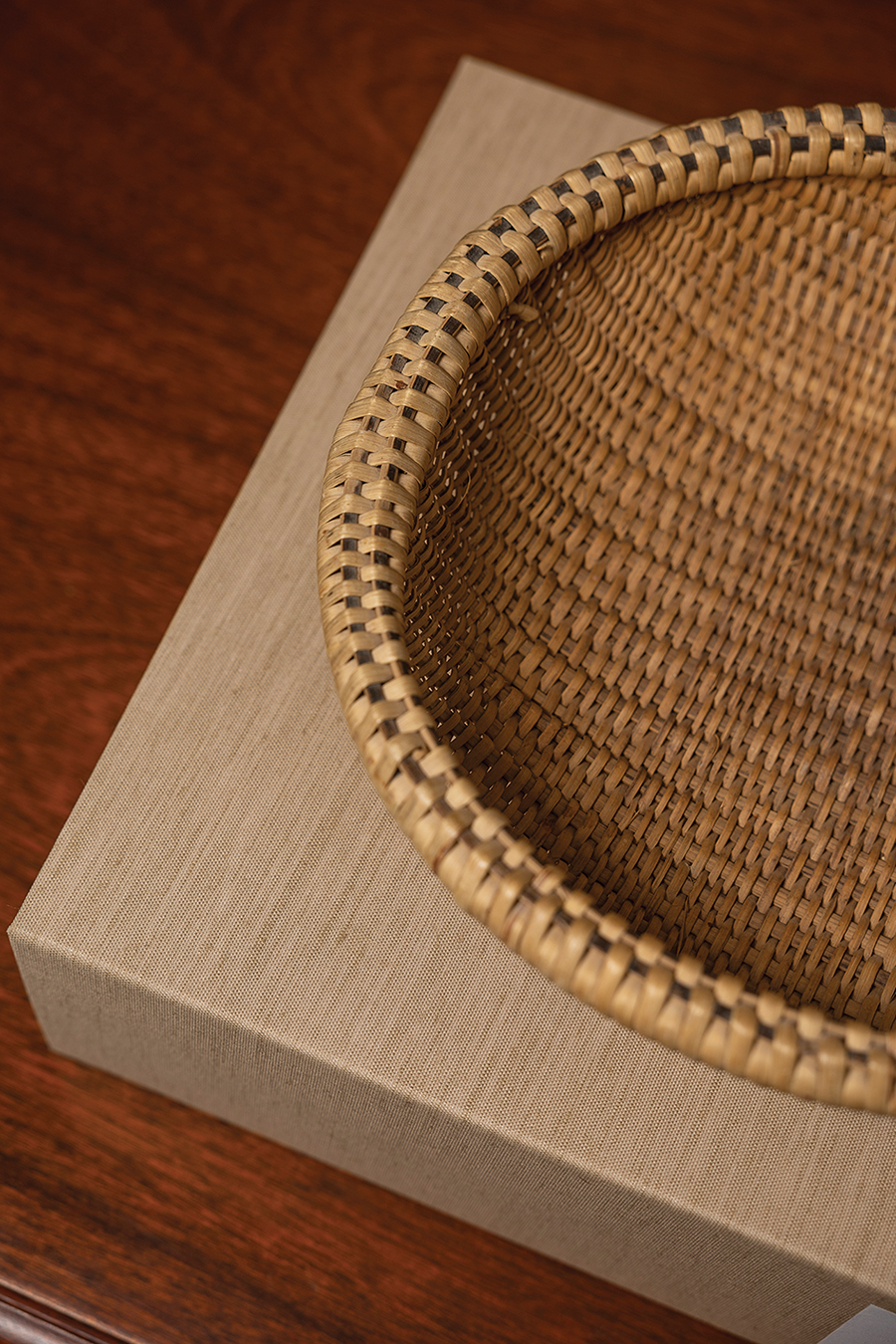
Coping with unfamiliar foods, unsafe drinking water and equatorial weather were all difficult. She sought medical help in Monrovia while suffering with dysentery and endured two bouts of malaria. Educating the villagers about boiling drinking and cooking water was an ongoing effort.
And she missed having electricity, running water and indoor toilets.
“I never got used to outhouses,” she stresses. “You had to bang on the side of the outhouse at night, because the snakes would come in seeking the cool.” She also tried to adapt to taking “bucket baths.”
Villagers called her “Missy” and later, “Jahla,” which translated to “happy girl.” No more Brenda/Glenda.
When a set of twins was born, the sole survivor was named Brenda in her honor. “I often wonder what happened to her, how she’s doing,” Ross muses.
In May of 1976, she left Liberia when her father suffered a fatal heart attack. The Peace Corps flew her home, cutting her two-year assignment a month short.
In time, Ross, her twin and their spouses opened Los Amigos, a Mexican restaurant in Winston-Salem. She worked in food and nutrition services at Duke University Medical Center and later at numerous corporations. Ultimately, she consulted with hospices and retirement homes while earning a graduate degree in gerontology and teaching. Ross became a UNCG instructor in 2010, eventually becoming an associate professor in nutrition.
Retiring last year, she made the decision to donate seven Liberian artifacts to UNCG’s Special Collections, pieces that she had kept in her campus office. She called these “precious possessions.”
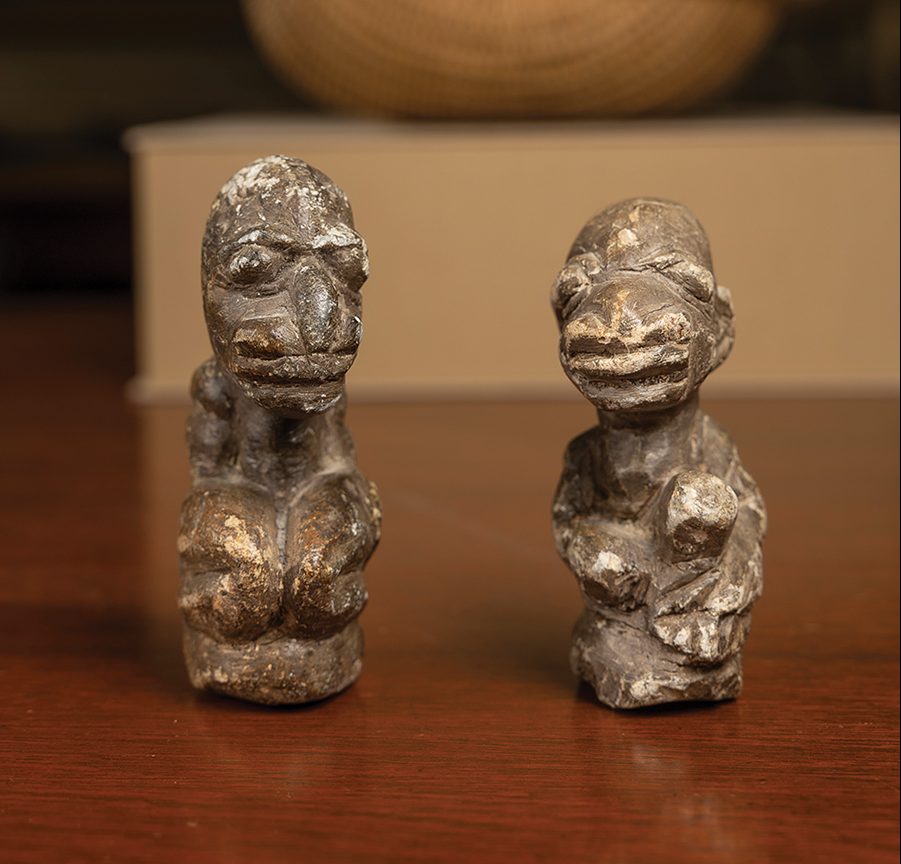
Included were a ceremonial mask, a clay cooking pot, sifting basket, wooden mortar, a primitive “mancala” board game and two bracelets.
“The wooden mortar was used by my friend and neighbor, Esther, to crush dried pepper for cooking. Liberians put hot pepper in every dish they make,” Ross explained when presenting the collection late last year to a group of anthropology faculty, friends and students.
“I was given the mortar the day prior to leaving, along with a live chicken to ‘taken to my ma.’ We cooked the chicken and had a group dinner.”
Ross gave Esther her own mortar, one she had used throughout her stay, in thanks.
“The mancala game was given to me by another Peace Corps volunteer,” she says.
The mask, believed to be Liberian, is the centerpiece of the collection. It is identical to the one the dancing devil wore in Juarzon, a gift from Ed Lipschitz when researching West African masks.
“Ed ate dinner with me every night during the months he stayed in the village,” says Ross. “The mask was a ‘thank you’ for those meals.”
Lipschitz later became a curator at the Smithsonian’s National Museum of African Art.
In passing along the personal artifacts, Ross honors the place that bookended the beginning and end of her career. “None of my career would have happened without my education at UNCG,” she says, adding she is deeply moved by her alma mater’s response to the gifts.
“My story has come full circle.” OH
Botanicus
Botanicus
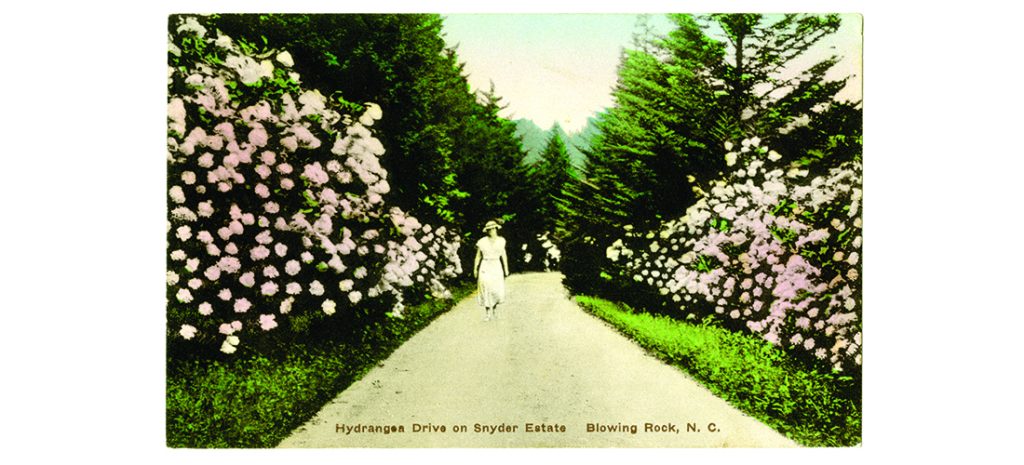
Blowing Rock Hydrangeas
And their Greensboro roots
By Ross Howell Jr.
If you’re planning a fall foliage trip to the mountains, you might want to add an earlier excursion to your calendar.
By late August, the Hydrangea paniculata in Blowing Rock reach their peak. These white, cone-shaped beauties — along with their ball-shaped relatives (Hydrangea macrophylla) — are abundant in neighborhoods and gardens throughout town. (A fan of North Carolina native plants, I’ve landscaped our place with Hydrangea quercifolia.)
Greensboro textile magnate Moses Cone and his wife, Bertha, were serious conservationists who played a major role in this visual delight.
In 1900, the Cones began to plant a variety of native and non-native plants on the grounds of Flat Top Manor — their 3,400-acre estate overlooking the town of Blowing Rock.
According to the National Park Service, among the shrubs and trees the Cones planted were “PeeGee” hydrangeas (Hydrangea paniculata “Grandiflora”, or PG), imported from Japan — popular with American landscapers in the 19th century.
Some of the Cones’ original hydrangeas can be seen on the southern side of Bass Lake, one of the water features of the estate, now Moses H. Cone Memorial Park.
For the blossoms of these century-old shrubs, we can thank the Blue Ridge Parkway Foundation and volunteer Bob Stout — now chairman of BRPF.
Moving from Charlotte to the mountains after his retirement from a 40-year career in food service, Stout says, “I needed something to do.”
And do he did.
Working with the National Park Service as a volunteer under the direction of now-retired NPS interpreter ranger Chuck Robertson, Stout and other volunteers — like my Blowing Rock friend, Greensboro native Eric Miller — began to clear the Bass Lake hydrangeas of the wild shrubs and pines that had overgrown them.
The clearing process was followed by careful pruning of the hydrangeas and, later, soil improvement.
“I’ve personally counted some 460 of the original PeeGee hydrangeas,” Stout proudly adds.
But you can find hydrangeas all around the Blowing Rock area.
Susan Sweet has lived with her husband, David, in Greystone — a neighborhood outside Blowing Rock that overlooks the eastern continental divide — for the past 16 years. There are many hydrangeas in Greystone, but Sweet, a past president of the Blowing Rock Garden Club, insists she doesn’t know anything about growing them.
“I just sit back and enjoy the show,” Sweet says.
And she always takes note of a PeeGee in a neighbor’s yard.
“It’s always so full of blooms,” Sweet says. “Some are as big as a good-sized water pitcher!”
While she may claim ignorance about cultivating hydrangeas, Sweet knows plenty about preserving them.
For years, she harvested hydrangea blossoms for the Blowing Rock Women’s Club. Members collected hydrangeas late in the season to create dried arrangements, selling them at Blowing Rock’s “Art in the Park” events to raise money for local students’ college scholarships.
“You have to cut the blossoms at just the right time,” Sweet explains, “when they’ve turned pink, but haven’t started to turn brown.” She and fellow volunteers gathered hydrangeas in bunches of about five, hanging them upside down under shelter.
“You want stems at least two feet long,” she adds. “The blossoms dry out in about a week and hold their color beautifully.” The dried arrangements will last for an entire winter.
Sweet’s fellow women’s club member, my mountain neighbor, Jane Meyers, remembers another tradition, the “Hydrangea Ball” at the Blowing Rock Country Club. Meyers moved to town with her late husband, Mark, from Coral Gables, Florida, in the late ’80s.
Meyers tells me when she attended her first hydrangea ball in 1994, she and her husband realized that “these people really know how to party!”
Mandy Poplin, director of membership, marketing and communications at BRCC, says the hydrangea ball was always “the last big, formal party of the summer.”
BRCC member Valerie Purcell is a physician who lives in Blowing Rock’s historic Robert O. Colt III house with her husband, Peter, also a doctor. She tells me that the ball, a black-tie event, was “very, very successful for many years.”
Poplin adds that the party is now called the “President’s Ball.”
“We still incorporate hydrangeas into the ball decorations,” Poplin continues. “When those blooms start showing tinges of pink, we know winter’s coming.”
So don’t you miss the tradition of Blowing Rock’s hydrangeas this season. They never disappoint. OH
Ross Howell Jr. is a contributing writer to O.Henry magazine. Please send your garden or history ideas to ross.howell1@gmail.com.
In Good Taste
In Good Taste

A Slice of Summertime
A savory “fruit” tart
Story and Photograph by Jasmine Comer
I used to think that all produce was the same. But when it’s grown on local farms or even in your own backyard with a lot of love and care, you definitely can taste the difference.
When I was growing up, I didn’t particularly care for tomatoes. My mom would make BLTs and she had to watch me peeling them off the sandwich. They say your taste buds change every seven years. I’m not sure how true that is, but as I get older, I’m learning to love what my mother knew was one of nature’s sweetest, yet savory fruits. Sure, eat them raw, but roasting them, as in a tomato tart with Gruyère cheese, brings out their sweet, robust flavor. Either way, you can’t lose.
When it comes to summer meals, I want something light and refreshing. This crispy tart checks those boxes, with basil adding a sweet, peppery note. And the addition of three kinds of cheese — buttery Gruyère, cream and Swiss — helps balance the sweet and sour of the tomatoes. I’m all about having the perfect combinations of textures and flavors when it’s time to eat. After all, a winning recipe is all about balance. And, please, adapt it to your own taste with your choice of cheese and herbs. Trust your intuition and go with what the heart wants when you’re in the kitchen.
There’s no right or wrong way to do anything when it comes to cooking. My only rules? Don’t overthink and have fun. I hope this recipe will be something you can enjoy creating — and eating! — in your kitchen this summer.
Roasted Tomato Tart with Gruyere
Ingredients
1 puff pastry sheet
1 egg, beaten
3 ounces cream cheese, brick style, softened
1/3 cup shredded Gruyère cheese
1/3 cup shredded Swiss cheese
3/4 teaspoon dried basil or 1 tablespoon chopped fresh basil
2-3 medium tomatoes, sliced
Grated parmesan and basil for serving
2 tablespoons fresh basil for serving
2 tablespoons grated parmesan for serving
Salt and pepper to taste
Directions
Preheat oven to 400°F. Place the puff pastry on a baking sheet lined with parchment paper. Cut into six pieces. Use a sharp knife to score the edges of each piece of the puff pastry leaving about an inch all the way around.
Brush the border of each piece of puff pastry with the egg wash.
In a small bowl, combine the cream cheese, gruyère cheese, Swiss cheese and dried basil. Add salt to taste.
Spread the cream cheese mixture onto each piece of puff pastry, using about a tablespoon per piece.
Slice the tomatoes about a quarter of an inch thick. Place them on a plate or surface of your choice lined with paper towels. Salt the tomatoes. This will draw the moisture out of them and intensify the flavor. Let them sit for six to seven minutes.
Layer the tomatoes onto each piece of puff pastry. Season with pepper. Bake for 20–25 minutes or until the edges of the puff pastry are golden brown.
Top with fresh basil and parmesan if desired. OH
Jasmine Comer is the creator of Lively Meals, a food blog where she shares delicious, everyday recipes. You can find her on Instagram @livelymeals.
O.Henry Ending
O.Henry Ending
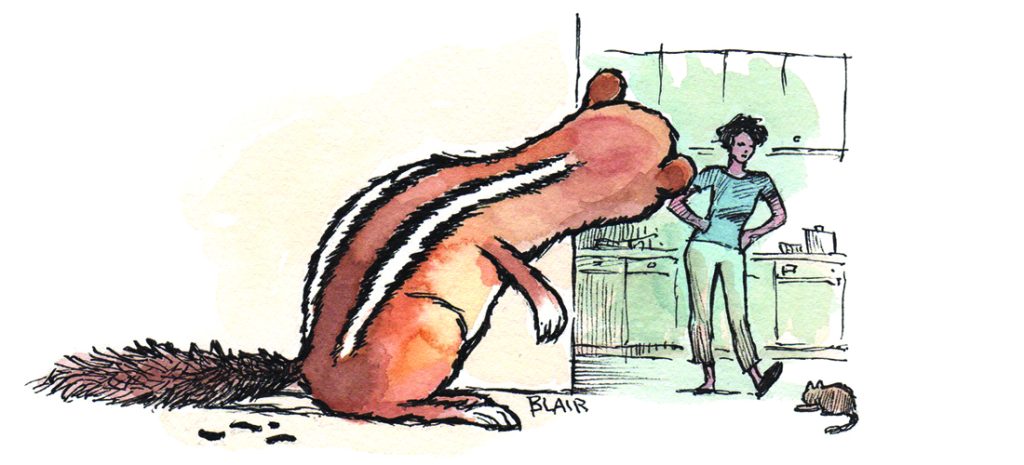
The Chipmunk
An uninvited houseguest makes an imprint
By Marianne Gingher
At the beginning of the 2020 pandemic, a chipmunk enters my house and will not be caught — not by my cat or the Havahart trap I bait with peanut butter. Day after day, she won’t take the bait.
Next, my 3-year-old dishwasher breaks. First world problem, a broken dishwasher, right? It seems a certain order is breaking down between appliances going haywire and wild animals invading my house. I call a repair service and am told that parts for this dishwasher are on backorder from Mars. No matter. I happen to be a dish washer — in the way I am not a stove or a refrigerator.
A month passes, pandemic time, so that weeks go by like years and years like weeks, and nobody can remember with any authority what happened when. The dishwasher is still broken, I know that much, and Chippy’s still on the loose. I hear her scuttling under the stove, shifting herself around to get ever more comfortable. Mornings, when I make coffee, I find tufts of insulation in front of the oven door, as if she’s been rearranging her furniture. She’s had a chance now to study my habits and my cat’s habits and hedge her bets as to when it’s safest to venture out. I find less-than-savory evidence of her adventures whenever I sweep. Once in a while, when I’ve been especially quiet, she’s skittered out and encountered me. She screams! I scream! Clearly, we are not meant to be roommates.
Daily, I bait the trap with fresh peanut butter, but catch nary a whisker. On warm days, I leave the backdoor open, hoping a sniff of fresh air will entice her to brave a jailbreak. Has her long captivity made her forget how to be a chipmunk? Has mine made me forget how to be human? My cat’s catness seems in jeopardy (since he can’t catch a chipmunk) and he looks depressed.
When the appliance man delivers the new dishwasher motherboard, he wears pristine coveralls, clean cloth booties over his shoes and a super-duper N-95 mask. He carries a large briefcase with all sorts of digital testers and gleaming repair instruments inside. He arranges all his tools on drop cloths and removes the dishwasher’s worn out organs with the care and precision of a surgeon. “A bit of bad news,” he says as he finishes tidying up. “I found small animal droppings under there. Possibly you have a rodent problem?”
That day, I go to the grocery store and, on a hunch (I’ve done some research), buy some pricey rabbit/gerbil/hamster food specifically “for rodents.” I have refrained from thinking seriously about the fact that Chippy is a rodent. I bait the Havahart with renewed determination and . . . voila! In the cage, she’s calm, cocking her little chipmunk head to observe me better as I carry her outside. I feel tenderly connected, like Snow White on the brink of a song.
The pandemic asked us all to get better at waiting. I marvel at the patience of the chipmunk who knew only the wild green flickering world before her estrangement from it. Trapped in a house, her immense aliveness had to learn to be still. She spent six weeks dodging a gargantuan human and Isis, the cat, gobbling any dusty crumb she could find, waiting, no exit strategy. During her lockdown, nothing was certain, except that the hawk who frequently glides over the neighborhood would not be picking her off. Wherever she scampered, I know she’s enjoying the pandemic’s easement as much as I am this summer. OH
Marianne Gingher has published seven books, both fiction and nonfiction. She recently retired from teaching creative writing at UNC-Chapel Hill for 100 years.




